-
Posts
291 -
Joined
Content Type
Profiles
Forums
Events
Blogs
Posts posted by S_A_V
-
-
You are right, I forgot to update GPUPI.
Ok, marked it as "no points" and will rebench later with 7x FuryX.
-
-
I'm looking for a good non-reference 280X or 7970 cards in working condition with stock cooling.
Preferably ASUS Matrix or Direct CU (3-slots "brick" version), MSI Lightning/Gaming Series, Sapphire Vapor-X/Tri-X Series.
If you have some of them - let me know how much do you want shipped to Russia, how much cards do you have and what model or part number.
Original box or any accessories is not necessary.
I can buy up to 4 cards at once.
-
Patriot and GSkill sold, Kingston still available.
Prices changed and links to results added in first post.
-
I have some DDR3 for sale, that I have not used for a long time.
1. One 2GB module from Kingston HyperX 2000C8 kit (Elpida Hyper) - $40.
Used it together with G.Skill 3x2GB kit for 4x2GB configuration for some results (SPI32M, X79, etc).
2. G.Skill Perfect Storm F3-16000CL7T-6GBPS 2000MHz 7-8-7-20 1.65V 3x2GB Kit (Elpida Hyper) - $150 - sold
My best Hyper kit, most of my hwbot submissions was done with it.
It can do 2040 6-7-6, 2400 8-8-7 and 2500 8-9-8 1.95V on air.
Never used subzero.
More info with some results @ X58 in review.
Some results with this kit:
2160MHz 7-7-6 32M @ LGA1155/P67: http://hwbot.org/submission/2165024_
2222MHz 7-8-7 32M @ LGA1156/P55: http://hwbot.org/submission/915216_
2066MHz 7-7-6 32M @ LGA1366/X58: http://hwbot.org/submission/2135954_
2463MHz 8-9-8 32M @ AM3+/990FX: http://hwbot.org/submission/2231046_
1810MHz 6-6-5 32M @ AM3/890FX: http://hwbot.org/submission/1067405_
1600MHz 5-6-5 32M @ AM3/790FX: http://hwbot.org/submission/976992_
3. Patriot Sector 5 PVV34G2400C9K 2400 MHz 9-11-9-27 1.65V 2x2GB Kit (PSC) - $100 - sold
It was my backup PSC kit. Bought 2 years ago on XS forum, but not used for benchmarks. Never used subzero.
Contacts: Private Message (PM)
Shipping cost: all prices includes worldwide shipping
Payment methods: PayPal, WU, Bitcoin
-
 1
1
-
-
All items sold, thanks
-
MSI N260GTX Lightning and G.Skill Ripjaws X F3-17600CL7D-4GBXHD sold
ASUS GTX 580 DirectCU II still available
-
bump
both vga and ram still available
-
Hi guys,
I'm looking for AMD Sempron 150 CPU.
Not interested in 145 or 140 or other Sempron models, only 150.
If second core can't be unlocked - it does not matter for me.
If you have one for sale - PM me with the price and shipping cost to Russia.
Thanks.
-
ASUS GTX 580 DirectCU II - $165+shipping - sold
Fully insulated and Vgpu(VID)/Vmem/PLL modded.
1400 aquamark, 1350 3dmark01, 1315 3dmark03/05, 1285 3dmark11.
I have original box, all accessories and stock cooler for that card, but if you need only card - shipping cost will be less.
Some submissions and pics done with this card:
http://hwbot.org/submission/2292474_
http://hwbot.org/submission/2202647_
http://hwbot.org/submission/2137794_
http://hwbot.org/submission/2137784_
MSI N260GTX Lightning - $100+shipping - sold
No box and accessories, just card.
Never used under LN2, now I don't have time for that...
G.Skill Ripjaws X F3-17600CL7D-4GBXHD 2x2Gb 2200 CL7 - $140+shipping - sold
Box and Turbulence II cooler included.
Never used under LN2. I already have two nice PSC kits and don't need another one.
I can ship worldwide. Shipping cost is $25-$100 depends on shipping method (available options - economy or EMS), insurance (optional) and destination country.
I can accept Western Union, PayPal, bank wire transfer, VISA money transfer and bitcoins.
-
No clear cmos button
No button, but there is CLRTC jumper (near to DirectKey button) that works same way as clear cmos button.
-
In my opinion, the OC boards are:
- OC
- OC Force
- M OC Formula
- OC Formula
- M6E
- M6G
- M6F
No XPower/MPower/MPowerMax in the list?
They are OC boards too, at least for MOA qualifiers timeframe

- OC
-
Wow, no Gigabyte or Asrock on the Russian market?! How come?
Just checked again - Gigabyte GA-Z87X-OC was added to price lists recently, but still no ASRock Z87/Z87M OC Formula.
Whole June there was no any decent board for OC.
-
Sexy rig pic?
Added to the end of first post
VRM on HERO isn't the same as on M6E. I mean it doesn't have "fully manual mode", so old QE6S cpus will stuck as on MSI/GB boards (too low vcore for ln2 to max those chips). Fully manual mode means no vdroop on each voltage. From Asus boards only M6E, Gene, Impact and Deluxe support it. Just 2 cents
I didn't say it's completely the same, I said it's used the same components (controller, chokes, nexfets, drivers, caps) for cpu amd dram voltages.
Those who have QE6S most likely already have M6E

How many retails you know that still scaling after 1.92v?
Good work on the review!Thanks!
The Hero is priced roughly the same like the OC board, I see. I'm starting to think that if you want a full ATX board tuned for overclocking, the GBT OC board is insane in terms of price and features. The Hero is 'competitive', but doesn't really get all the nice stuff the Exterme has. I guess if you don't really care about multi-GPU benching, you might as well go for the Z87M OCF or the Gene.I think Hero don't have all those OC features that Extreme has for two reasons:
1. Not all OC related stuff can be added on software level. There is also additional controllers that need to be added on board for support that features.
2. ASUS don't want to hurt Maximus VI Extreme sales making Hero more close to Extreme in terms of OC features.
Yes, Hero in the same price range as Gigabyte Z87-OC. But if you look at our (russian) local market - there is no Z87-OC (and no OC Formula) available for sale for now, but Hero already there.
For now I can't be sure which is better - Hero, Z87-OC or OC Formula, just because I don't have the last two in the list.
-
ASUS ROG LGA1150 Lineup comes with two new boards - mini-ITX Maximus VI Impact and mid-range Maximus VI Hero.
ASUS Maximus VI Hero offers the build quality and some exclusive features like any other ROG board, but for more reasonable price.
In the past, those overclockers who wants a ROG board, but can't afford a price of flagship Maximus Extreme had only one possible option - Maximus Gene, even if they actually don't need mATX board.
Now they have another alternative in the list - Maximus VI Hero with ATX form factor and the price almost the same as Maximus Gene (currently Gene is only $5 cheaper than Hero newegg).
I had opportunity to test ASUS Maximus VI Hero for a while and now I bring the results to your attention.
Specification
Vendor: ASUS
Model: Maximus VI Hero
CPU Support: Intel Core i5/i7 LGA1150
System bus: DMI 2.0, 20 GBps
Chipset: Intel Z87 (Lynx Point)
RAM support: 4x DDR3 DIMM slots up to 32 GBytes with dual channel support
Expansion slots:
- 2x PCI-E 3.0 x16 (works in x16+x0 or x8+x8 mode)
- 1x PCI-E 2.0 x16 (works in x4 or x1 mode, depends on PCI-E 2.0 x1 slots usage)
- 3x PCI-E 2.0 x1
Multi-GPU support: SLI and CrossFireX - up to 2 video cards
SATA support:
- 6x SATA3 6 GBps ports (using Intel Z87 PCH)
- 2x SATA3 6 GBps ports (using ASMedia ASM1061)
eSATA support: none
mSATA support: none
RAID support: RAID 0/1/5/10 (using Intel Z87 PCH)
On-board LAN: Intel I217-V Gigabit Ethernet
On-board Sound: ROG Supreme FX Audio (Realtek ALC1150 7.1 Channel HD-Audio Codec)
USB 2.0: 4x ports in back panel + 4x internal ports (using Intel Z87 PCH)
USB 3.0: 4x ports in back panel + 2x internal ports (using Intel Z87 PCH)
IEEE 1394 support: none
System monitoring: Nuvoton NCT6791D
Power connectors: 1x ATX 24-pin and 1x 8-pin EPS12V
Board size: 305x244-mm
Form factor: ATX
Price: $215 USD
Box and accessories
Box of the ASUS Maximus VI Hero has similar design as other ROG board with red color, but there is no carrying handle.
(click on any picture to see full size version)
If you throw off upper part of the box you can see the motherboard through plastic window.
The board itself is packed in a separate box.
Items bundled with the board:
- User guide;
- Driver and software DVD;
- Back panel I/O Shield;
- SATA 6 GB/s cables (6 pcs);
- Flexible SLI bridge;
- ASUS Q-Connectors;
- stickers for SATA cables;
- ROG door hanger;
PCB design and features
ASUS Maximus VI Hero is standard 305x244-mm ATX board that uses back and red colors for slots and connectors.
You can connect CPU cooler fans to one of two 4-pin connectors and case fans to another three 4-pin connectors.
Speed of all connected fans adjustable via BIOS or ASUS AI Suite III.
Front side of the board:
Back side of the board:
ASUS Maximus VI Hero without heatsinks:
ASUS Maximus VI Hero has Socket 1150 that supports 4th generation of Intel Core CPUs.
Extended space between CPU socket and first PCI Express x16 slot allows you to use huge CPU heatsinks and descrite graphics card at the same time.
There is CPU socket baclplate and CPU VRM baclplate on the back side of the board.
Four DRAM slots supports up to 32 GBytes of DDR3 memory (up to 8GB for each slot/module) working in dual channel with 1066-2800 MHz speed.
You can check ASUS Maximus VI Hero DRAM QVL list here: http://dlcdnet.asus.com/pub/ASUS/mb/LGA1150/MAXIMUS-VI-HERO/M6H_DRAM_QVL.pdf
Expansion cards can be installed in six PCI Express slots - two PCI-E 3.0 x16, one PCI-E 2.0 x16 and three PCI-E 2.0 x1.
Both PCI-E 3.0 x16 red slots connected to integrated Haswell PCI Express controller and can be working as 16+0 or 8+8 depents on second slot usage.
The rest four black slots connected to Intel Z87 PCH.
PCI-E 2.0 x16 slot works in x4 mode only if all three PCI-E 2.0 x1 slots is empty.
In case if any of PCI-E 2.0 x1 slots is used - PCI-E 2.0 x16 will work in x1 mode.
Four ASMedia ASM1480 used to switch 8 PCI-E lanes between PCI-E 3.0 x16 red slots.
Two ASMedia ASM1440 used to switch 3 PCI-E lanes between PCI-E 2.0 x16 and PCI-E 2.0 x1 black slots.
Back panel interfaces includes:
- 1x PS/2 combined mouse/keyboard port;
- 4x USB 2.0 ports;
- 1x BIOS Flashback button;
- 1x HDMI-out;
- 1x optical SPDIF-out;
- 1x LAN interface;
- 4x USB 3.0 ports;
- 6x in/out 3.5-mm mini-jack for HD Audio Codec.
There is eight SATA ports and all of them can works at 6 GBps speed.
Six SATA ports (SATA6G_1 - SATA6G_6) connected to Intel Z87 PCH and the rest two (SATA6G_E1 - SATA6G_E2) - using ASMedia ASM1061 SATA controller.
Intel I217-V Gigabit Ethernet controller
To reduce EMI, ASUS ROG Supreme FX Audio separated with "red line" from rest part of the board.
Realtek ALC1150 7.1 Channel HD-Audio Codec protected by cover.
There is nine LEDs makes red illumination on the back side of the board.
Intel Z87 PCH
LED-poster and three buttons (start, reset and MemOK!) in the right upper corner of the board.
DirectKey button in the right lower corner of the board.
Nuvoton NCT6791D - Hardware monitoring IC.
Parade PS8201A - 3.0Gbps HDMI Repeater / Level Shifter.
Winbobd W25Q64FV SPI flash used for BIOS image.
VRM design
ASUS Maximus VI Hero uses one ATX 24-pin and one EPS-12V 8-pin power connectors for input power from PSU.
CPU VRM uses 8-phase design.
CPU Inpur Voltage controller is ASUS DIGI+ APS1251.
Eight International Rectifier IR3535MPBF drivers on the back side of the board.
Eight Texas Instrument CSD87350Q5D NexFET.
Nichicon FPCAP 10K black metallic capacitors and ASUS BlackWing chokes.
Memory VRM is 2-phases and uses ASUS DIGI+ ASP1103 controller
Richtek RT8100A voltage controller.
There is also three programmable current DAC (marked as "S11") that allows to regulate some secondary volltages in BIOS and software (ASUS TurboV Core).
As you can see, ASUS Maximus VI Hero VRM similar to ASUS Maximus VI Extreme VRM.
At least the most important part of it (CPU VRM and DRAM VRM) completely the same.
Heatsinks
ASUS Maximus VI Hero uses passive cooling systems consisting of two heatsinks and backplate.
Two parts of CPU VRM heatsink connected with one copper heatpipe:
Intel Z87 PCH heatsink made of aluminium with ROG logo on top:
CPU VRM backplate covers IR3535MPBF drivers:
ASUS Maximus VI Hero cooling systems is also almost the same as set on ASUS Maximus VI Extreme, except that there is no PLX PEX8747 switch (and no extra heatsink for it) and slightly smaller surface area of VRM heatsink (smaller quantity of kerfs).
UEFI BIOS features
The board was tested with BIOS version 0020 [14-Jun-2013].
Here is archive with complete set of ASUS Maximus VI Hero screens: asus_maximus_vi_hero_bios_screens.rar
And BIOS profile for Core i7-4770K OC to 4500 MHz: asus_maximus_vi_hero_i7-4770k_4500mhz_bios_profile.rar
Default BIOS page for ROG boards is Extreme Tweaker in Advanced Mode, but you can switch to EZ BIOS Mode as well.
EZ BIOS Mode: here you can see CPU and memory info, adjust fan speeds, change performance profile and boot order.
My Favorites: here you can store your favorite options for quick access.
Available hotkeys in BIOS:
ESC - Exit menu
F1 - Help
F2 - Load previous settings
F3 - Shortcut
F4 - Add shortcut to My Favorites
F5 - Load optimized default settings
F7 - Switches to Advanced mode from EZ mode)
F8 - Boot menu
F10 - Save changes and reset
F12 - Print Screen (make screenshot and save it to any connected storage device)
Extreme Tweaker: all for overclocking - clocks, multipliers, voltages and timings.
Voltages can be adjusted in these intervals:
- Input Voltage (VCC_IN): 0.800V to 2.440V, step 0.010V;
- CPU Core Voltage (Vcore): 0.001V to 1.920V, step 0.001V;
- CPU Cache Voltage (Ring Bus Voltage): 0.001V to 1.920V, step 0.001V;
- CPU Graphics Voltage (Vigpu): 0.001V to 1.920V, step 0.001V;
- DRAM Voltage (Vddr): 0.001V to 1.920V, step 0.001V;
- System Agent Voltage (VCC_SA): can be set as offset from -0.999 to +0.999 step 0.001V;
- Analog I/O Voltage (analog VCC_IO): can be set as offset from -0.999 to +0.999 step 0.001V;
- Digital I/O Voltage (digital VCC_IO): can be set as offset from -0.999 to +0.999 step 0.001V;
- PCH Core Voltage: 0.700V to 1.800V, step 0.00625V;
- PCH VLX Voltage: 0.800V to 2.000V, step 0.00625V;
- VTTDDR Voltage: 0.600V to 1.400V, step 0.00625V;
- DRAM CTRL REF Voltage: can be set as multiplier from 0.395x to 0.630x step 0.005x;
- DRAM DATA REF Voltage: can be set as multiplier from 0.395x to 0.630x step 0.005x;
- PLL Termination Voltage: 0.000V to 3.000V, step 0.00625V.
DRAM Timing Control: still a lot of settings, but unlike other ROG boards there is no pre-configured profiles for various memory types.
DRAM timings can be adjusted in these intervals:
- CAS Latency (tCL): 1-31;
- RAS to CAS Delay (tRCD): 1-31;
- RAS Precharge (tRP): 1-31;
- Cycle Time (tRAS): 1-63;
- Command Rate (CMD): 1-3;
- RAS to RAS Delay (tRRD): 1-15;
- Refresh Cycle Time (tRFC): 1-511;
- Refresh Interval (tREFI): 1-65535;
- Write Recovery Time (tWR): 1-16;
- Read to Precharge Time (tRTP): 1-15;
- Four Act Win Time (tFAW): 1-255;
- Write to Read Delay (tWTR): 1-15;
- CKE Minimum Pulse Width: 1-15;
- CAS Write Latency (tCWL): 1-31;
- tRRSR: 1-7;
- tRRDR: 1-15;
- tRRDD: 1-15;
- tWRSR: 1-63;
- tWRDR: 1-15;
- tWRDD: 1-15;
- tWWSR: 1-7;
- tWWDR: 1-15;
- tWWDD: 1-15;
- tRWSR: 1-31;
- tRWDR: 1-31;
- tRWDD: 1-31.
Main: here you can see system info, select language, system date and time, set/drop admin/user password.
Advanced: all options related to CPU/PCH and various onboard controllers.
Monitor: here you can control the fans connected to motherboard and see current voltages, temperatures and fan speeds.
Boot: here you can change boot order, select mode for DirectKey button and default BIOS mode (EZ or Advanced).
Tool: here you can update BIOS image, secure erase your SSD, store/load BIOS setings to/from profiles, see SPD memory info and change options values for OC Panel H-Key.
Testbed
The board was tested in open stand with that configuration:
CPU: Intel Core i7-4770K C0 (Haswell), 3500 MHz, Socket 1150
Motherboards:
- ASUS Maximus VI Hero, Intel Z87, BIOS 0020 (14 июня 2013);
- ASUS Maximus VI Extreme, Intel Z87, BIOS 0021 (14 июня 2013);
- ASUS Gryphon Z87, Intel Z87, BIOS 3009 (24 мая 2013);
- Intel DZ87KLT-75K (Kinsley Thunderbolt), Intel Z87, BIOS 0334 (8 мая 2013);
RAM: GeIL EVO Corsa GOC316GB2400C11QC (Samsung K4B2G0846D-HCH9) DDR3-2400 4x4 Gb
VGA: Intel HD Graphics 4600
SSD: Corsair Neutron GTX 120Gb (firmware M206)
PSU: Corsair Professional Series Gold AX1200 (CMPSU-1200AX) 1200W
Thermal interface: Arctic Cooling MX-4
CPU cooler: Thermalright Archon + 2x Thermalright TY-140 140-mm fans.
Drivers and software used:
- Windows 7 Service Pack 1 x64 v6.1.7601;
- Intel Chipset Device Software v 9.4.0.1017;
- Intel Management Engine Driver v9.5.0.1428;
- Intel Rapid Storage Technology Driver v12.6.0.1033;
- Intel HD Graphics driver v15.31.7.3131;
- Intel USB 3.0 Driver v2.5.0.19;
- CPU-Z v1.64.1;
- GPU-Z v0.71;
- LinX v0.6.4 + updated linpack_xeon64.exe from Linpack v10.3.11.019;
- Final Wire AIDA64 Extreme Edition v2.85.2454 beta;
- MaxxMEM v1.99;
- Super PI / mod v1.6;
- Hexus PFfast v4.1;
- wPrime v1.55;
- WinRAR v5.00b2 x64;
- Cinebench R11.5
- UnRAR-crack Benchmark 2011;
- Fritz Chess Benchmark.
Overclocking results
My 4770K can do 4500MHz 1.17V on air, but it need ambient air temp around +25°C foer that.
Now it's summer here and ambient air temperatures goes to 30°C (and sometimes even higher).
Not the best time for overcloking with aircooling.
In that conditions CPU can pass 10 minute LinX test only with 4400 1.15V.
But it still able boot Windows at 5 GHz 1.30V all cores enabled + HT:
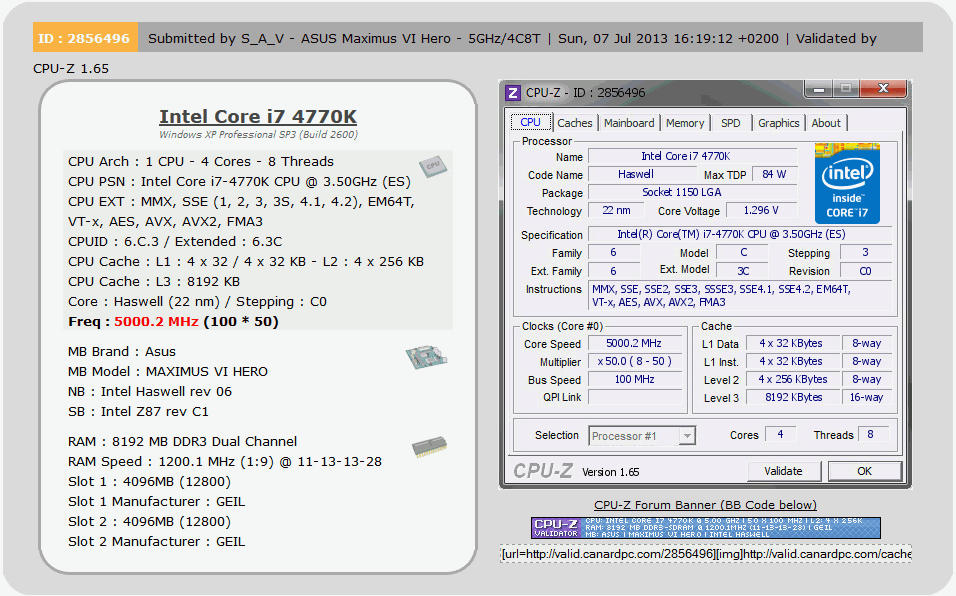
And 5 GHz 1.28V after disabling 2 cores and HT:
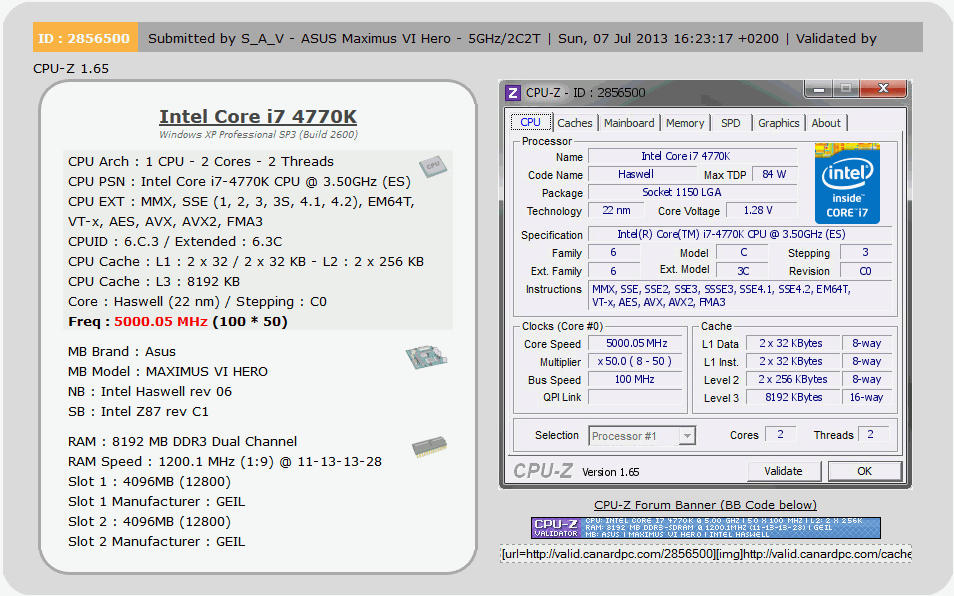
Working BCLK range with default 5/5 REG/DMI ratio (CPU Strap = 100): 100-116.5 MHz
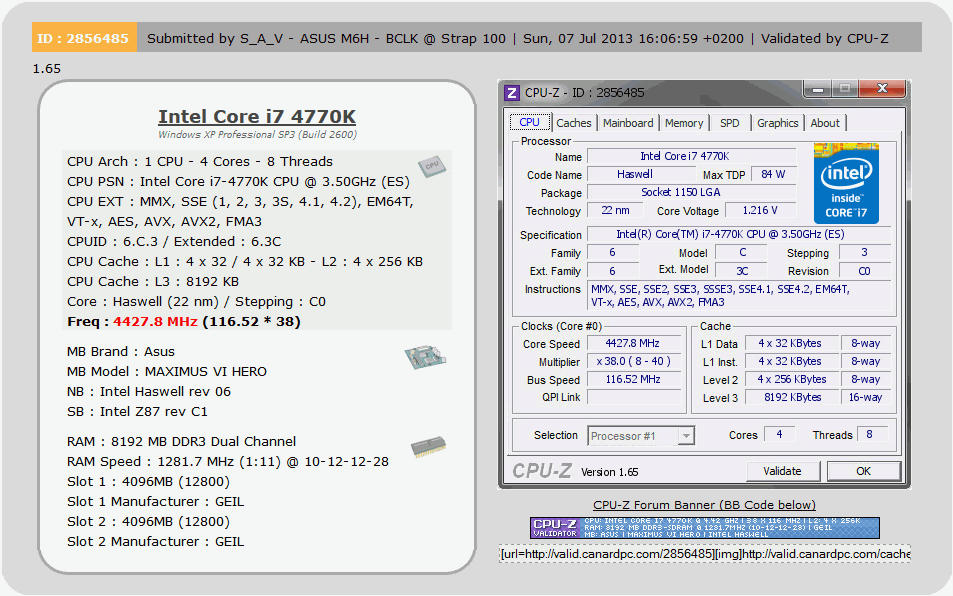
Working BCLK range with 4/5 REG/DMI ratio (CPU Strap = 125): 125-136 MHz
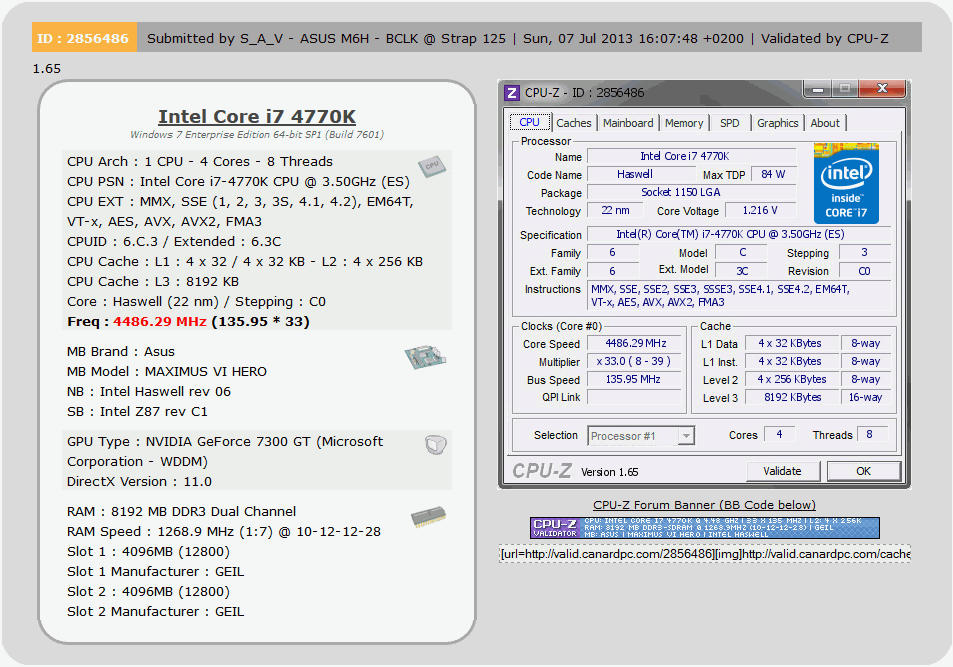
Working BCLK range with 3/5 REG/DMI ratio (CPU Strap = 166): 166-192 MHz
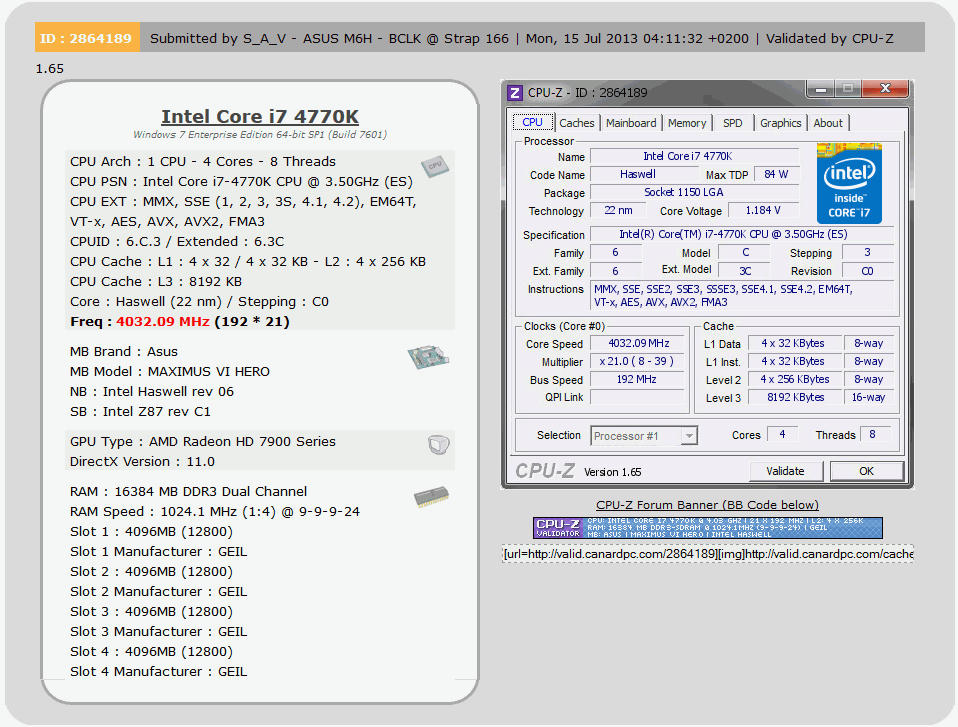
Memory OC with all four modules: 2716 MHz 10-12-12-28 1T.
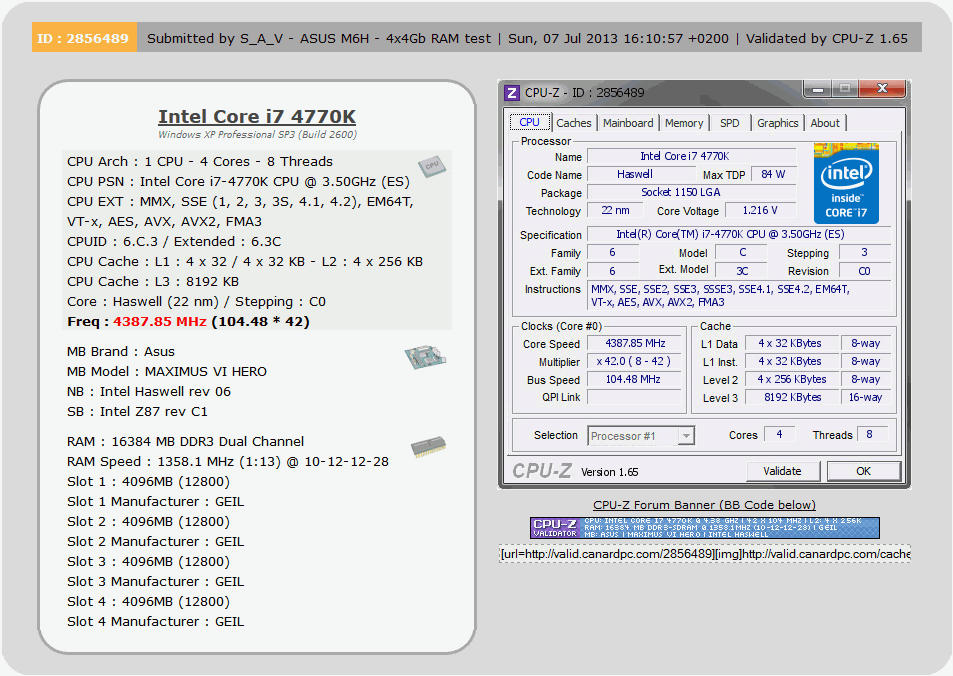
And with only two modules: 2869 MHz 12-14-14-35 2T.
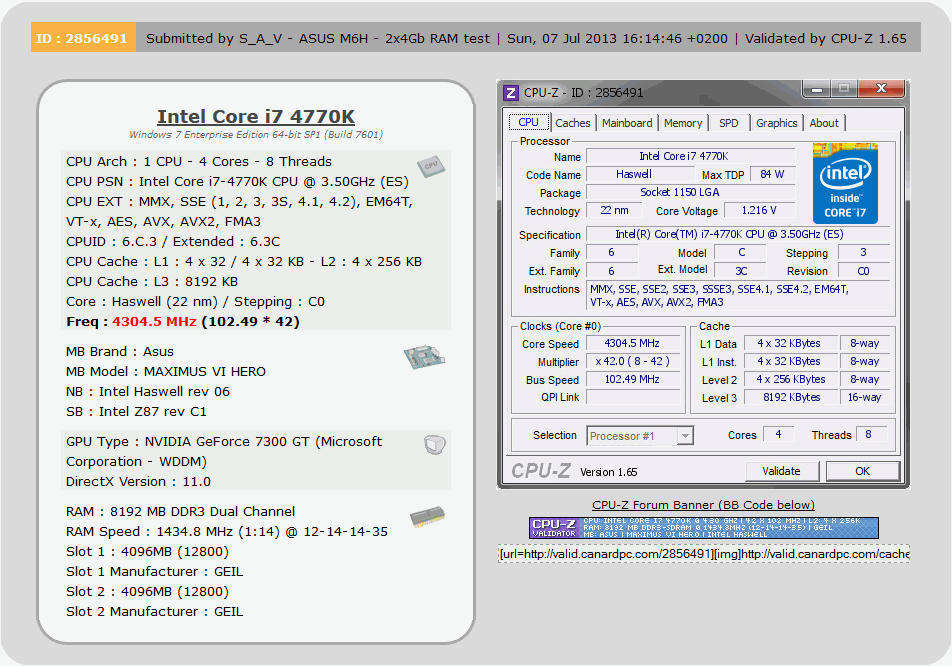
Performance
Performance measures in two modes - stock clocks and stable CPU OC on air cooling to 4500 MHz.
For comparison I used three Z87-based boards (ASUS Maximus VI Extreme, ASUS Gryphon Z87 and Intel DZ87KLT-75K) and one Z77-based board (ASUS Maximus V Extreme with i7-3770K CPU).
Z77+3770K stock mode settings: 3700-3900 MHz 1.000V CPU (Turbo Boost enabled), 1150 MHz iGPU
Z77+3770K OC mode settings: 4500 MHz 1.30V CPU, 1650 MHz 1.35V iGPU
Z87+4770K stock mode settings: 3700-3900 MHz 1.017V CPU (Turbo Boost enabled), 1250 MHz iGPU
Z87+4770K OC mode settings: 4500 MHz 1.15V CPU, 1800 MHz 1.35V iGPU
Memory runs with the same setting on all boards and both stock and OC modes - 2400 MHz 9-11-11-28 1T 1.80V 4x4Gb in Dual Channel mode.
Secondary timings:
- RAS to RAS Delay (tRRD): 5;
- Refresh Cycle Time (tRFC): 120;
- Refresh Interval (tREFI): 10374;
- Write Recovery Time (tWR): Auto;
- Read to Precharge Time (tRTP): 4;
- Four Act Win Time (tFAW): 20;
- Write to Read Delay (tWTR): Auto;
- CKE Minimum Pulse Width (tCKE): 6;
- CAS Write Latency (tCWL): 7;
Tertiary timings:
- ASUS Maximus VI Hero: Auto (6-6-7-18-4-4-4-8-7-17-14-11-11-11-2-2)
- ASUS Maximus VI Extreme: Auto + Samsung 4x4Gb profile (4-5-6-20-5-4-4-7-7-27-14-13-13-13-2-2)
- ASUS Maximus V Extreme: 1-3-3-3-5-5-1-4-5-0
- ASUS Gryphon Z87: Auto
- Intel DZ87KLT-75K: Auto
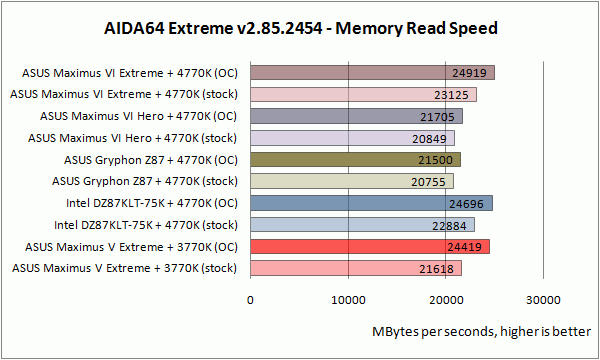
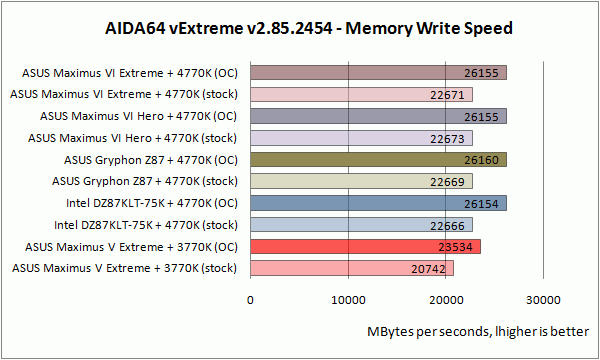
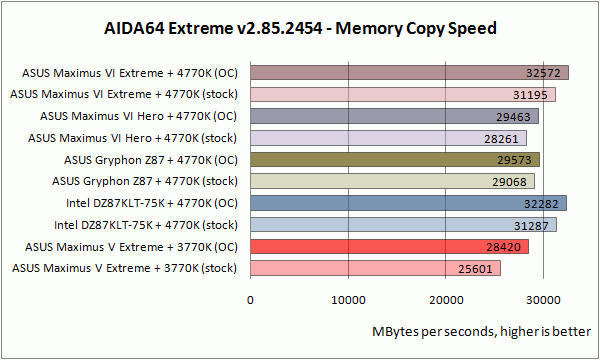
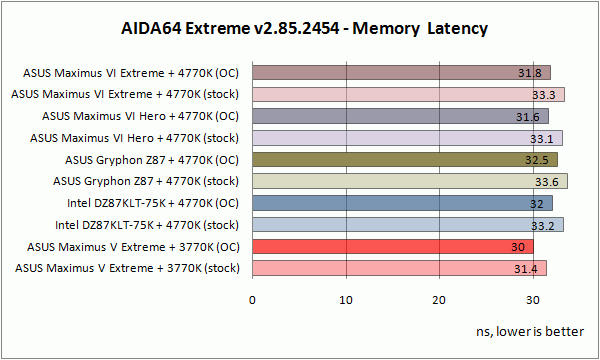
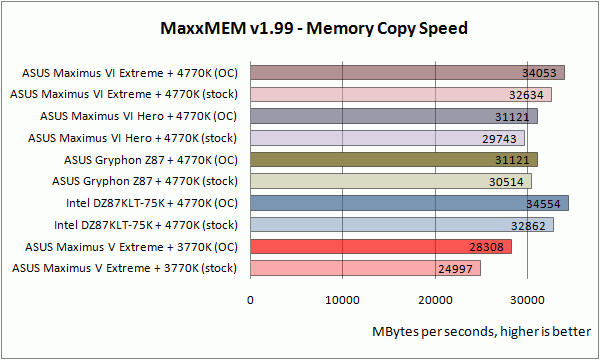
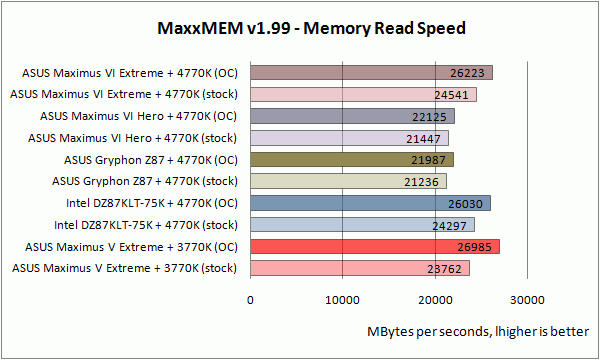
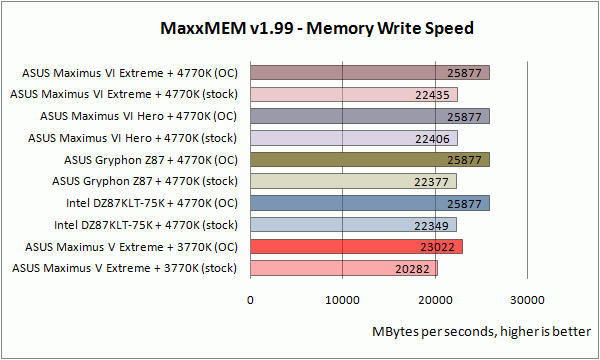
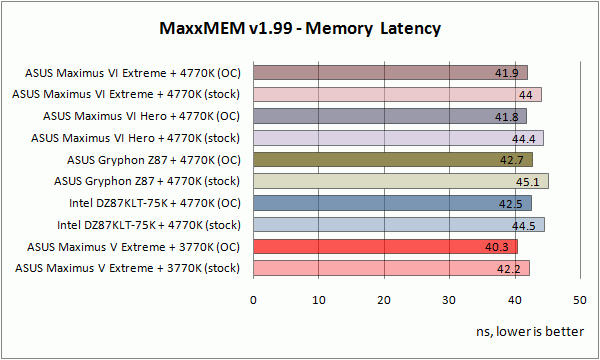
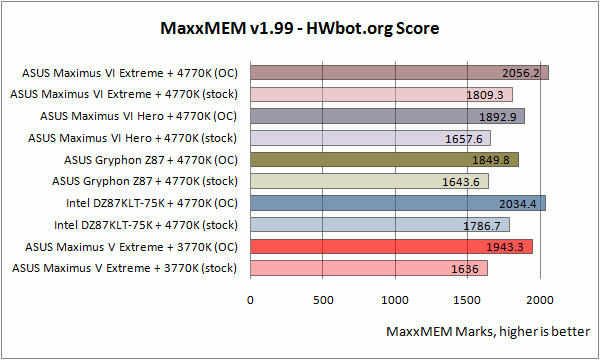
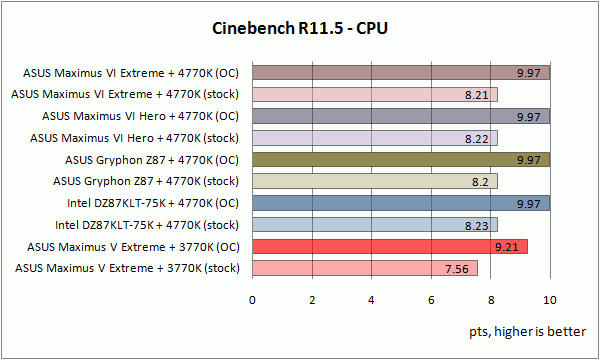
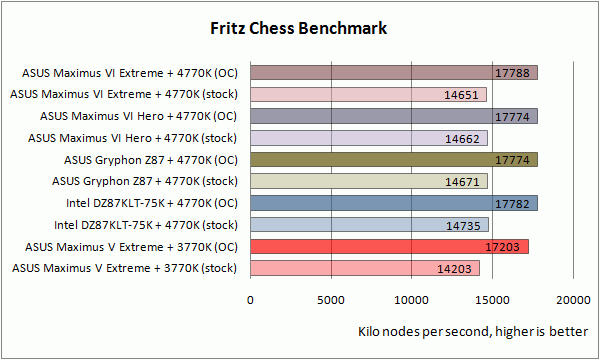

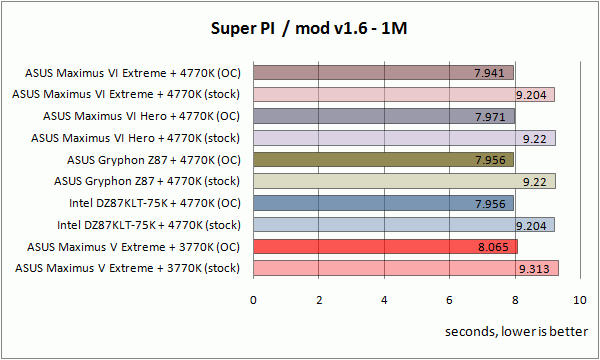
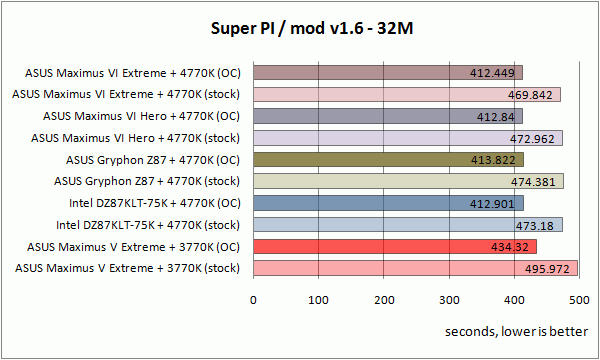
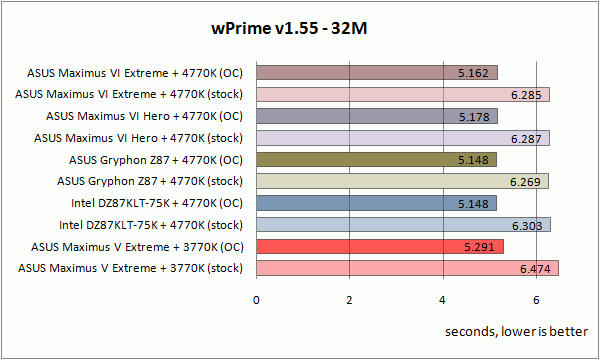
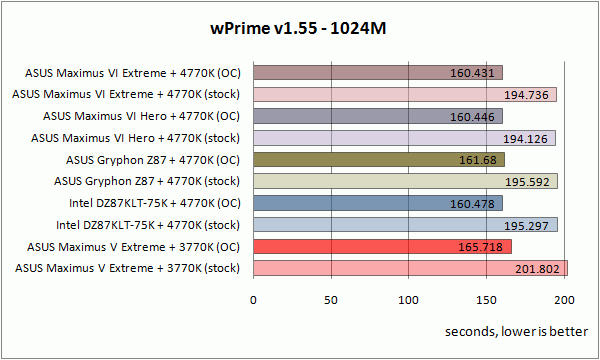
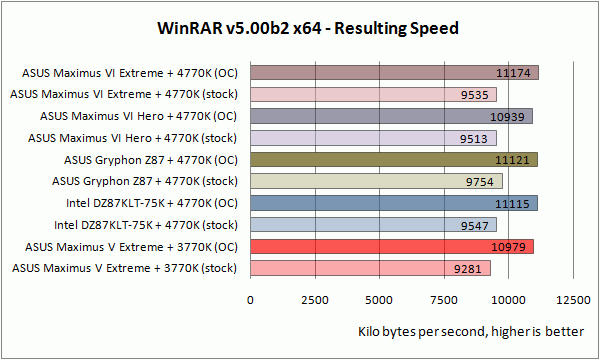
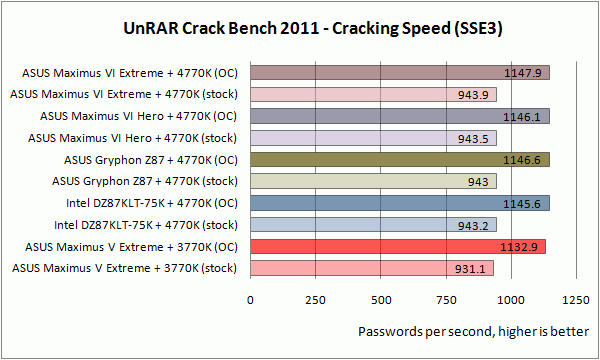
Performance of all Z87-based boards is close in all benchmarks.
The only exception is memory performance - in AIDA64 and MaxxMEM we have two leaders: ASUS Maximus VI Extreme and Intel DZ87KLT-75K.
Power consumption
Power consumption of the whole system "from the wall" measured using UNI-T UT71E with power adapter.
All settings was the same as used for perfformance testing.
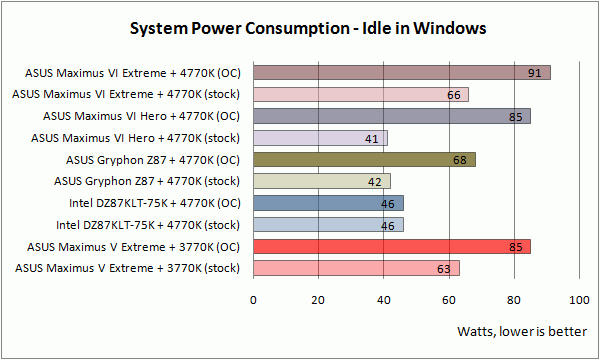
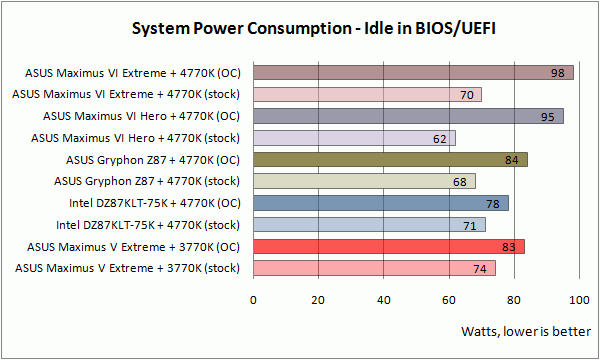
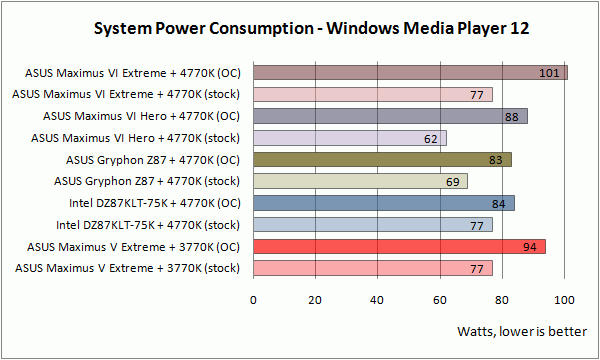
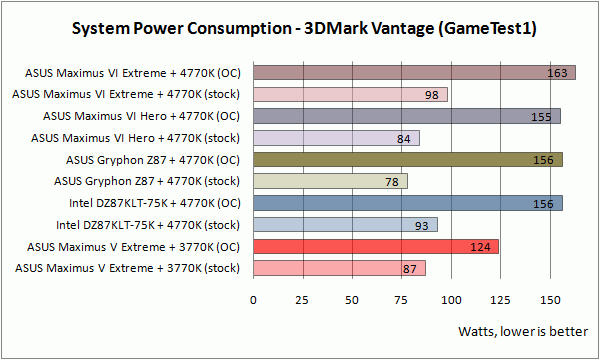
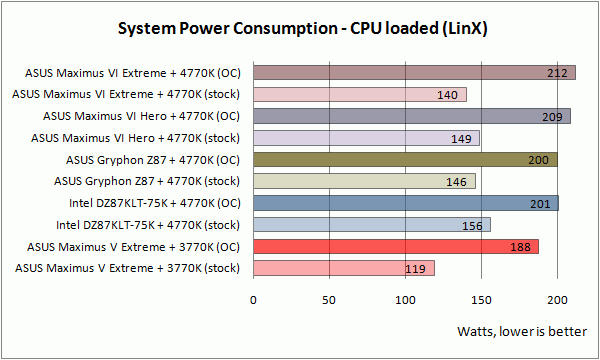
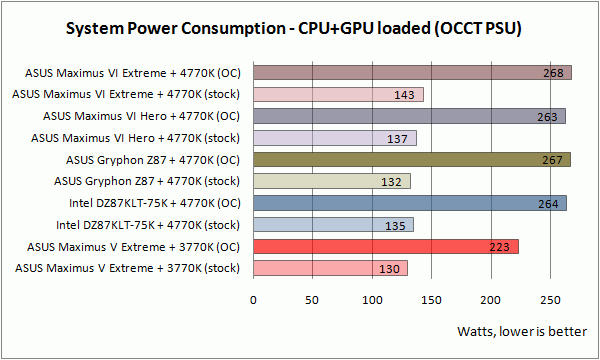
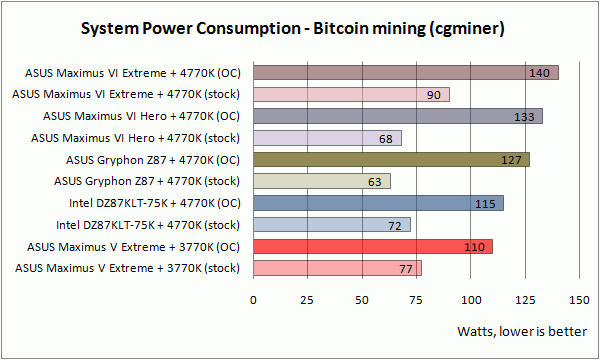
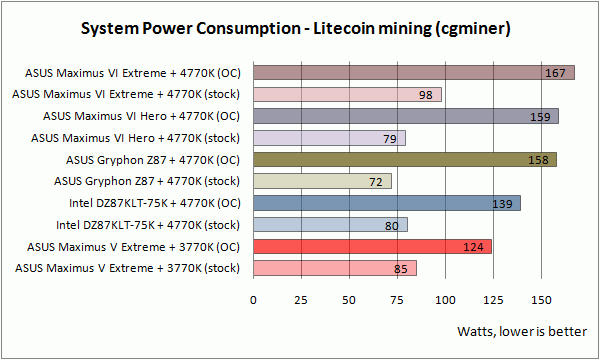
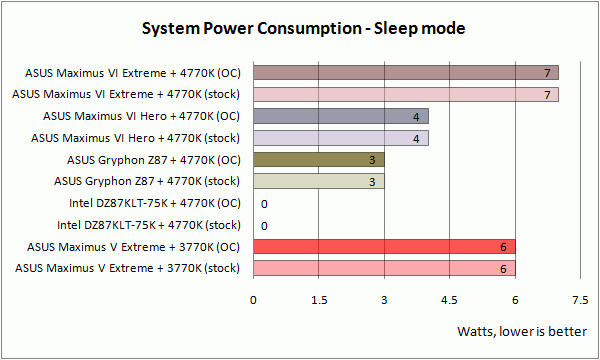
Conclusion
Pros:
[+] ROG board with reasonable price ($215) and ATX form factor.
[+] Uses the same components in CPU/DRAM VRM as Maximus VI Extreme.
[+] Design. Extended space between CPU socket and higher PCI-E x16 slot allows you to use huge CPU heatsinks and graphics card working in x16 mode at the same time. Also you can set two graphics cards that uses 3-slot cooling system.
[+] Start and reset buttons, LED-poster and OC Panel support.
[+] 2-Way SLI/Crossfire support.
Cons:
[-] No ROG Connect technology support.
[-] CPU Core Voltage and DRAM voltage limited by 1.92V.
[-] There is no pre-configured profiles for CPU/BCLK/DRAM in BIOS. If you leave subtiming in auto mode, memory performance will be slightly lower than ASUS Maximus VI Extreme and even Intel DZ87KLT-75K. For maximum memory performance you need to finetune it manually.
[-] Only one BIOS IC, but if you damage BIOS image - you still can use BIOS Flashback button to easy repair it from USB stick.
ASUS Maximus VI Hero is not bad choice for those who need full-size ROG board, but don't want to spend $400 for Maximus VI Extreme.
In this case you will get no OC Panel bundled with the board, no 3/4-Way SLI/Crossfire support to build monster gaming rig and no mSATA devices support.
But you still be able to achieve good overclocking results with it if you spend some time to tweak BIOS setting manually.
The only thing that actually disappointed me in this board - no dynamic overcloking technology support on hardware level (no OC buttons onboard, no ROG connect and no external device bundled with the board).
Of course, you can connect OC Panel, but you will need to buy Maximus VI Extreme first.
May be OC Panel will be available for sale separately later, but it will increase overall cost (board + OC Panel).
For now, you can only use ASUS TurboV Core software to OC on the fly with Maximus VI Hero.
Extra pictures
-
ASUS Gryphon Z87 is the first The Ultimate Force (TUF) Series board in mATX form-factor.
By default it comes without "thermal shield" but you can order TUF Gryphon Armor Kit separately if you wish.
The price tag is only $170 that makes this board interesting for using in compact PC builds.
It's not ROG board but it still has some features, which is more than enough for daily aircooling OC.
Let see what OC results we can do with this board and Intel Core i7-4770K CPU.
Specification
Vendor: ASUS
Model: Gryphon Z87
CPU Support: Intel Core i5/i7 LGA1150
System bus: DMI 2.0, 20 GBps
Chipset: Intel Z87 (Lynx Point)
RAM support: 4x DDR3 DIMM slots up to 32 GBytes with dual channel support
Expansion slots:
- 2x PCI-E 3.0 x16 (works in x16+x0 or x8+x8 mode)
- 1x PCI-E 2.0 x16 (works in x4 mode)
- 1x PCI-E 2.0 x1
Multi-GPU support: SLI and CrossFireX - up to 2 video cards
SATA support: 6x SATA3 6 GBps ports (using Intel Z87 PCH)
eSATA support: none
mSATA support: none
RAID support: RAID 0/1/5/10 (using Intel Z87 PCH)
On-board LAN: Intel I217-V Gigabit Ethernet
On-board Sound: Realtek ALC892 7.1+2 Channel HD-Audio Codec
USB 2.0: 4x ports in back panel + 4x internal ports (using Intel Z87 PCH)
USB 3.0: 4x ports in back panel + 4x internal ports (using Intel Z87 PCH)
IEEE 1394 support: none
System monitoring: Nuvoton NCT6791D and Nuvoton NCT7802Y
Power connectors: 1x ATX 24-pin and 1x 8-pin EPS12V
Board size: 244x244-mm
Form factor: mATX
Price: $170 USD
Box and accessories
ASUS Gryphon Z87 comes in compact box not so much bigger than the board itself:
(click on any picture to see full size version)
Back side of the box shows some of features supported by the board:
Items bundled with the board:
- User guide;
- 5 year warranty notice;
- Certificate of reliability;
- Driver and software DVD;
- Back panel I/O Shield;
- SATA 6 GB/s cables (4 pcs);
- Flexible SLI bridge;
- ASUS Q-Connectors;
PCB design and features
Board size is standard 244x244-mm mATX.
It has seven fan connectors - 6x 4-pin and 1x 3-pin. Connected fans can be controlled in the BIOS and ASUS AI Suite III.
Front side of the board:
Back side of the board:
ASUS Gryphon Z87 without heatsinks:
The board uses Socket 1150 by Foxconn:
This CPU socket supports Intel Haswell-based Core i5/i7 CPUs
There is 4x slots for DDR3 RAM with dual channel support:
And four PCI Express slots for expansion cards (two PCI-E x16, one PCI-E 4x and one PCI-E 1x):
Back panel interfaces includes:
- 4x USB 2.0 ports
- 1x DVI-out
- 1x HDMI-out
- 1x optical SPDIF-out
- 4x USB 3.0 ports
- 1x LAN interface
- 6x in/out 3.5-mm mini-jack for HD Audio Codec
All six SATA ports can works at 6 GBps speed.
Now we can use up to 6x SSD in RAID0 at full speed for PCMark on Intel platform without using some expensive discrete controllers!
Intel I217-V Gigabit Ethernet controller
Realtek ALC892 - 7.1+2 Channel HD Audio Codec
Intel Z87 PCH
There is two buttons in the low left corner of the board - BIOS_FLBK and DirectKey.
BIOS flashback is recovery feature. Even if current BIOS are corrupted and system won't boot - you can save BIOS image to USB stick, insert it to the board and use BIOS_FLBK button.
DirectKey button can be used for entering BIOS after reset.
Alternatively you can select BIOS option to use DirectKey as Power button.
Nuvoton NCT6791D - Hardware monitoring IC
Nuvoton NCT7802Y - Hardware monitoring IC with Intel PECI 3.0 support (voltages, fan control)
ASMedia AMS1480 - PCI-Express Gen3 Switch
This switches commutates 8 lanes between first and second PCI Express x16 slots
If second slot is empty all 16 lanes goes to the first slot.
In case if some card installed in second slot - 8 lanes goes to first slot and 8 to second slot.
ASMedia ASM1442 - High speed TMDS level shift IC for DVI/HDMI-out support
TPU KB3720QF - TurboV Processing Unit
VRM design
For input power from PSU there is one 24-pin connector
And one 8-pin connector
CPU VRM uses 8-phase design
Vcore-controller is remarked ASUS DIGI+ APS1251 (I guess it's some sort of CHiL Semiconductor)
There is 8 pairs of ON Semiconductor NTMFS4937N+NTMFS4955N Power MOSFETs and 4 International Rectifier IR3535MPBF drivers:
Memory VRM is 2-phases and uses ASUS DIGI+ ASP1103 controller
Heatsinks
ASUS Gryphon Z87 uses two heatsinks. First of them covers MOSFETs of CPU VRM.
Another heatsink cools Intel Z87 PCH
VRM heatsink uses one copper heatpipe. PCH heatsink is fully aluminium.
They used 6 screws to mount on motherboard.
VRM heatsink stays cool even if system is overclocked.
PCH heatsink more hotter than VRM heatsink, but temperatures still in safe range.
UEFI BIOS features
The board was tested with BIOS version 3009 [24-May-2013].
You can download archive with full set of ASUS Gryphon Z87 BIOS Screens from here: asus_gryphon_z87_bios_screens.rar
Also, you can download my ASUS Gryphon Z87 BIOS profile for Core i7-4770K @ 4500 MHz 1.17V from here: asus_gryphon_z87_i7-4770k_4500mhz_bios_profile.rar
Available hotkeys in BIOS:
ESC - Exit menu
F1 - Help
F2 - Load previous settings
F3 - Shortcut
F4 - Add shortcut to My Favorites
F5 - Load optimized default settings
F7 - Switches to Advanced mode from EZ mode)
F8 - Boot menu
F10 - Save changes and reset
F12 - Print Screen (make screenshot and save it to any connected storage device)
EZ BIOS mode:
My Favorites:
Main:
AI Tweaker:
Advanced:
Monitor:
Boot:
BIOS settings can be stored to 8 OC Profiles:
Any profile can be saved/loaded as .cmo-file to/from USB drive:
BIOS can be updated from .CAP-file using ASUS EZ Flash 2 Utility:
Testbed
The board was tested in open stand with that configuration:
CPU: Intel Core i7-4770K C0 (Haswell), 3500 MHz, Socket 1150
Motherboards:
- ASUS Gryphon Z87, Intel Z87, BIOS 3009
- Intel DZ87KLT-75K (Kinsley Thunderbolt), Intel Z87, BIOS 0334
RAM: GeIL EVO Corsa GOC316GB2400C11QC (Samsung K4B2G0846D-HCH9) DDR3-2400 4x4 Gb
VGA: Intel HD Graphics 4600
SSD: Corsair Neutron GTX 120Gb (firmware M206)
PSU: Corsair Professional Series Gold AX1200 (CMPSU-1200AX) 1200W
Thermal interface: Arctic Cooling MX-4
CPU cooler: Thermalright Archon + 2x Thermalright TY-140 140-mm fans.
Drivers and software used:
- Windows 7 Service Pack 1 x64 v6.1.7601;
- Intel Chipset Device Software v 9.4.0.1017;
- Intel Management Engine Driver v9.5.0.1428;
- Intel Rapid Storage Technology Driver v12.6.0.1033;
- Intel HD Graphics driver v15.31.7.3131;
- Intel USB 3.0 Driver v2.5.0.19;
- CPU-Z v1.64.1;
- GPU-Z v0.71;
- LinX v0.6.4 + updated linpack_xeon64.exe from Linpack v10.3.11.019;
- Final Wire AIDA64 Extreme Edition v2.85.2454 beta;
- MaxxMEM v1.99;
- Super PI / mod v1.6;
- Hexus PFfast v4.1;
- wPrime v1.55;
- WinRAR v5.00b2 x64;
- Cinebench R11.5
- UnRAR-crack Benchmark 2011;
- Fritz Chess Benchmark.
Overclocking results
10 minutes of LinX testing was used for checking stability.
Stable CPU OC - 4500 MHz only 1.17V.
Ring Bus (Cache) works at 4500 MHz with 1.20V.
As you can see voltages remains the same in idle and loaded:
With higher Vcore CPU temperature goes too high and it start to throttle.
It seems Haswell CPUs needs thermal interface replacement under HSF for overclocking more than 4400-4500 MHz on air cooling, but it is another story.
Minimal voltage to boot Windows at 5 GHz was 1.30V.
CPU-Z valid shows it as 1.31V for some reasons, but it was 1.30V set in BIOS and shows in Windows.
Ring Bus (Cache) works at 4700 MHz with 1.25V.
In this mode CPU can run some benchmarks, except long and multithreaded like wPrime 1024M.
Working BCLK range with default 5/5 REG/DMI ratio (CPU Strap = 100): 100-106 MHz
Working BCLK range with 4/5 REG/DMI ratio (CPU Strap = 125): 125-128 MHz
I tried to boot with 3/5 REG/DMI ratio (CPU Strap = 166) multiple times but no success.
The same CPU was checked in Intel DZ87KLT-75K board for 166 MHz BCLK OC.
Disabling intergated graphics core and using Palit 7300GT Sonic card won't help.
Memory OC was 2666 MHz 10-12-12-28 1T 1.85V - it's the same stable OC for used memory kit as it works on most Z77 boards before.
I was not able to boot at 2800 MHz memory clock on this board, even with 11-13-13-30 2T.
Performance
Performance measures in two modes - stock clocks (Turbo Boost enabled, 3700-3900 MHz depends on loading) and stable CPU OC on air cooling to 4500 MHz.
For comparison I used Intel Z87 reference board (DZ87KLT-75K) and one of the best Z77-based board ASUS Maximus V Extreme with i7-3770K CPU.
Memory runs with the same setting on all boards and both stock and OC modes - 2400 MHz 9-11-11-28 1T 1.80V 4x4Gb in Dual Channel mode.
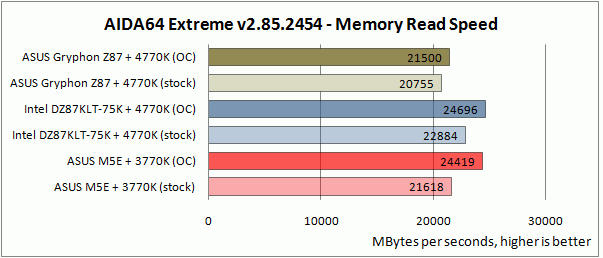
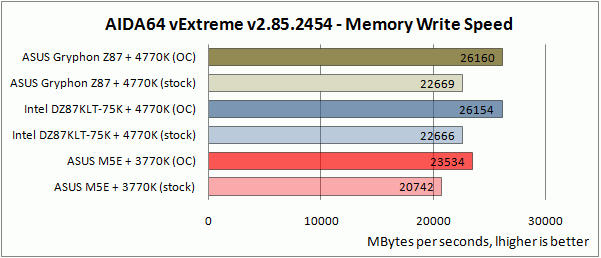
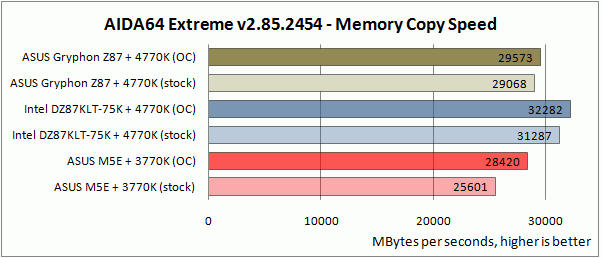
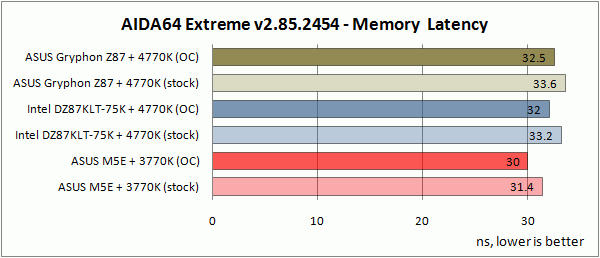
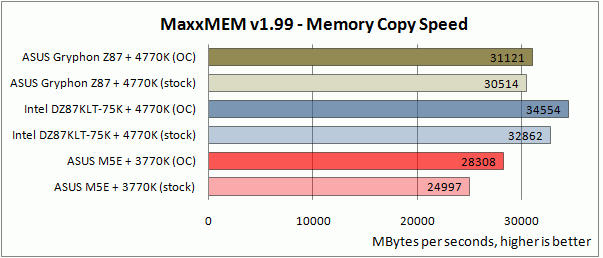
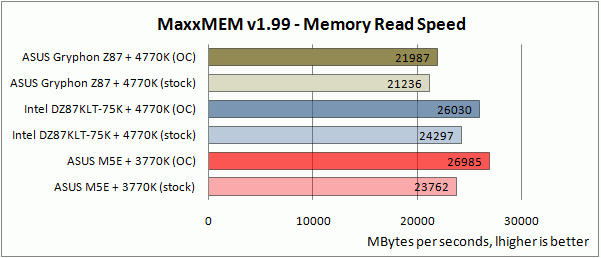
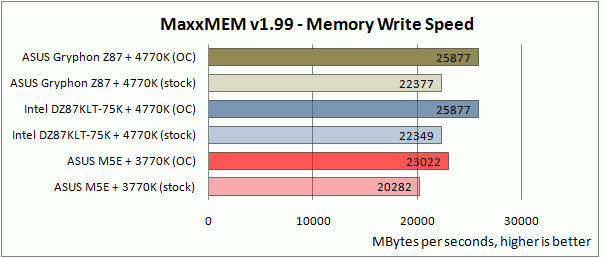
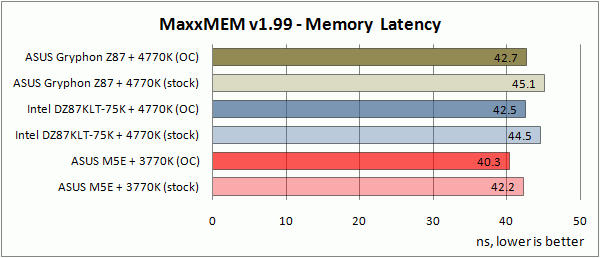
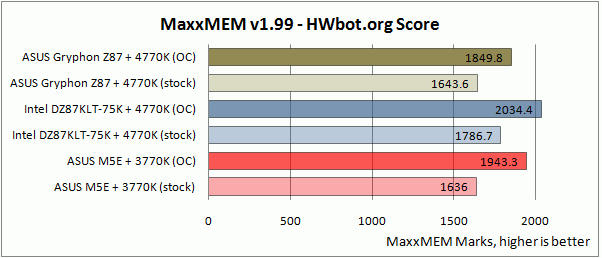
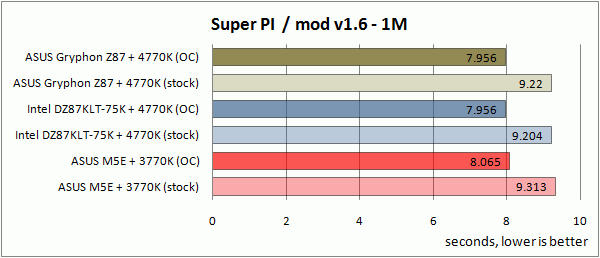
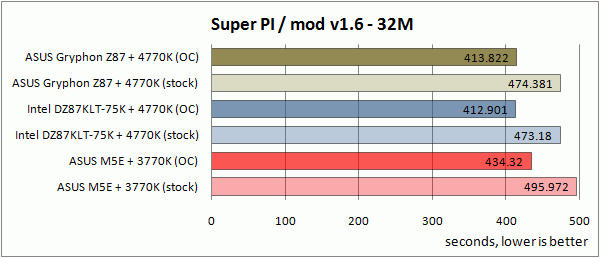
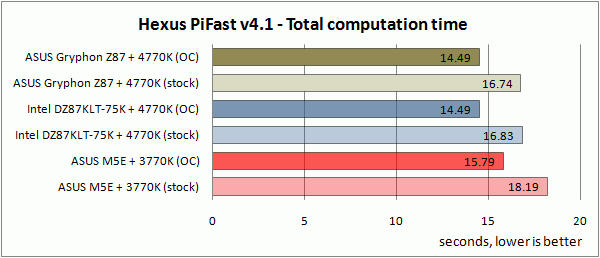
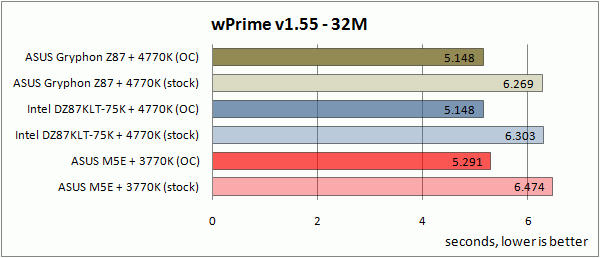
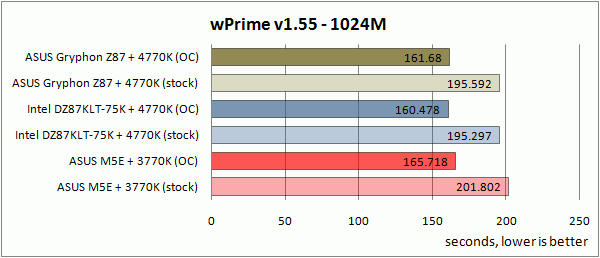
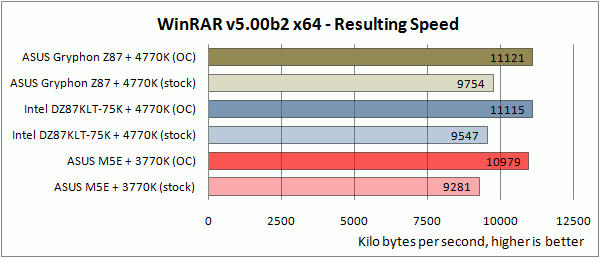
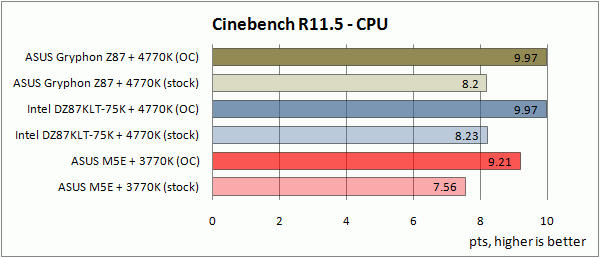
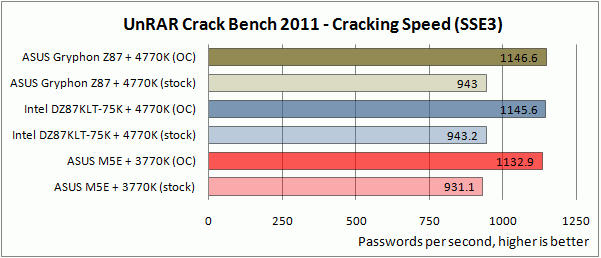
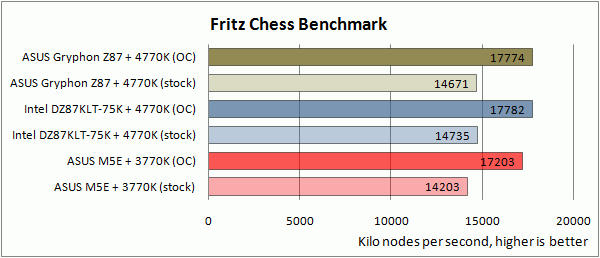
Power consumption
I used UNI-T UT71E with power adapter to measure power consumption of the whole system "from the wall".
Z77+3770K stock mode settings: 3700-3900 MHz 1.000V CPU (Turbo Boost enabled), 1150 MHz iGPU
Z77+3770K OC mode settings: 4500 MHz 1.30V CPU, 1650 MHz 1.35V iGPU
Z87+4770K stock mode settings: 3700-3900 MHz 1.017V CPU (Turbo Boost enabled), 1250 MHz iGPU
Z87+4770K OC mode settings: 4500 MHz 1.15V CPU, 1800 MHz 1.35V iGPU
All Power-related BIOS settings and Windows power profile was set as "High performance".
There was some fluctuations all the time, I recorded peak power consumption in each measurement mode. It gives a rough estimate, but it's better than nothing.
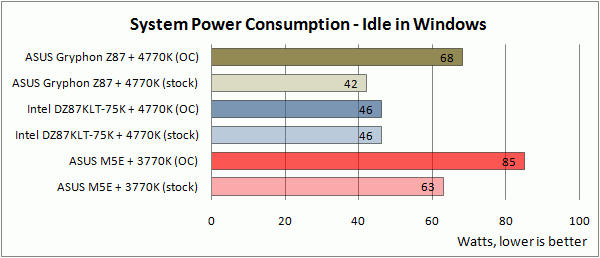
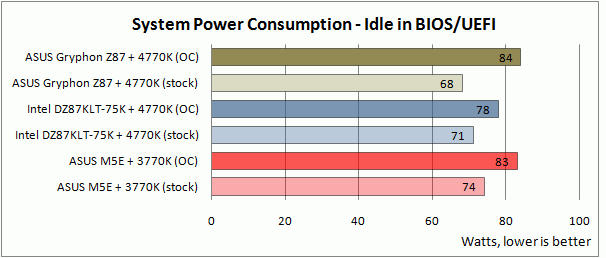
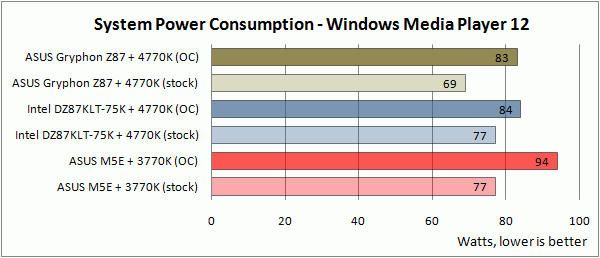
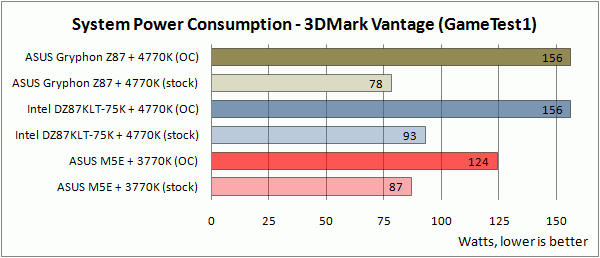

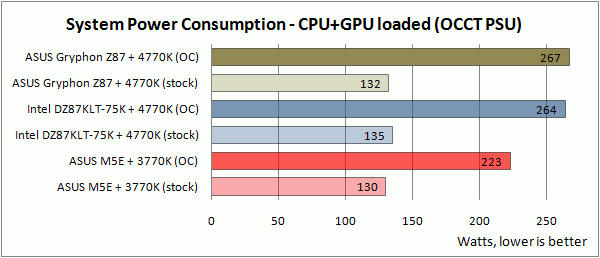
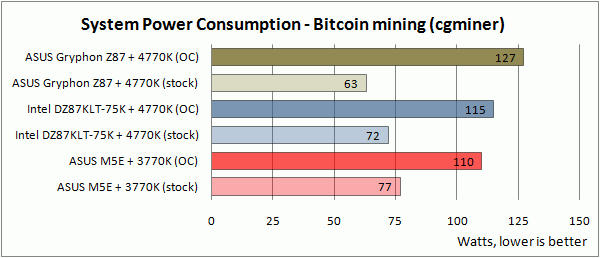
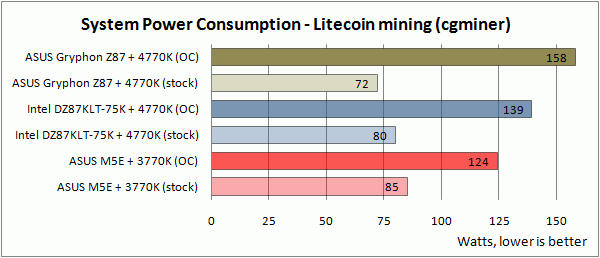
Conclusion
After all I think Gryphon Z87 is a good small board for non-extreme users. It has all that they need.
Pros:
The board works stable and without any issues. Voltages remains the same in idle and loaded (when CPU Load-line Calibration is set to Level 7 or 8).
Available voltage ranges, memory timings and other BIOS settings is enough for daily overclocking (air/water). Not checked any extreme OC with this board yet.
5 year warranty for TUF Series board.
Price isn't too big ($170) for the features it offers.
Cons:
Big CPU heatsinks (like Thermalright Archon) can't be used with discrete graphics card and RAM modules with big heasinks at the same time.
If you mount CPU heatsink vertically - it will blocks first PCI Express slot.
If you mount CPU heatsink horizontally - it will blocks 3 of 4 RAM slots (but you still can use standard height modules).
It's very common restrictions of many mATX boards (and some ATX too), not only ASUS Gryphon Z87.
Memory performance is slightly lower than Intel reference board (DZ87KLT-75K).
I think it's because of some subtimings settings used different values by default and can be fixed in next BIOS versions.
On the other hand I stuck at 2400 MHz with Intel board no matter what timings and voltages.
In this case, lower memory performance of ASUS Gryphon Z87 at 2400 MHz is compensated by better (than Intel board) memory overclocking.
I was not able to boot at 166 MHz strap with the same CPU that works at this base clock on Intel board. May be it's just needs more time to tweak BIOS settings, I had only few days to test.
Also I can't boot at 2800+ RAM. May be it's matter of my CPUs IMC quality, need to check with more Z87 boards first before make final conclusion.
-
Tried G.Skill 2000C6 on Haswell with 1L of LN2 and half hour of time.
2400MHz limited by Intel board, subs not optimized, memory voltage is 2.00V. Looking for better board...
Super Pi 32M - 6.00.062


-
Thanks guys! Next results will be to hard voltmod.
Be careful.
Stock VRM dies within two 3dmark11 runs at 1.32V 1380MHz -20C.
With higher temps I think 1.30V will be enough to kill.
-
Congrats to all who qualified!
mtech & Neo Force please show your titans
We had only one titan, stock VRM died too fast at only 1.32V

-
Dears, please kindly use 3DMark v. 1.0 for AOOC 2013 submission, will be more correct if we will use same version to ALL.
Already got some results with 1.1.
I didn't expect it may be a problem, cause new patch affects only milti-GPU performance and we all use single cards for AOOC.
-
intresting way of using the ney pro, how do you manage a tight fit on the sticks? I always feel as hard as I try they are still fairly loose surrounding my memory heat spreaders.
Not sure what you mean, Allen. May be this scheme and couple of pics will explain it better:


 Very clean insulation and interesting results! How much Vdimm for the 5-9-5-20 @ 32M try?
Very clean insulation and interesting results! How much Vdimm for the 5-9-5-20 @ 32M try?2.15V was for both 32M runs
-
Cas 5 is bugged unless you can get tWCL 5 to run, but the 2500 6-9-6 time is very nice.
Tried to set tWCL 5 in BIOS and got error code 55.
Also noticed that 6-9-6 tWCL 6 was faster than 5-9-6 tWCL 6 (on first loops, both runs with waza).
How are you getting the dimms that cold or is that pot temp you are measuring?Yes, it's pot temp. Next time will try to install second probe directly to memory module.
-
 1
1
-
-
I had some experience of PSC overclocking under subzero temps two years ago, but it was done the ghetto way - without any RAM pot, just using aluminum foil:
Temps was not good at all, I only got around -30C...-35C (measured from thermocouple attached near RAM IC).
Anyway, my Lynnfield was BCLK-limited, so I stuck to 2908 MHz no matter what cooling.
I was surprised so much teams used LN2 cooling for RAM on AOOC 2012, so I decided it's time to move forward and ordered RAM pot as well as my new CPU pot:
Now I only have my old Hyper kit (very good on any platform, but no go with Ivy Bridge) and one samsung kit for daily usage and some 3D.
Both is not the best choice for subzero, I guess.
That's why I took G.Skill 2000C6 PIS kit (F3-16000CL6D-4GBPIS based on X-Series PSC ICs) from my teammate to test with KPC Ney pro memory cooler.
I quickly test this RAM kit on air with 3770K and it was nothing special - 2600 9-12-9 for 32M or so.
Max clock test bed:
- AMD FX-8120
- ASUS Crosshair V Formula
- G.Skill F3-16000CL6D-4GBPIS
- Palit GeForce 7300GT Sonic
- Corsair Neutron GTX
- Corsair AX1200
SuperPi 32M test bed:
- Intel Core i7-3770K
- ASUS Maximus V Extreme
- G.Skill F3-16000CL6D-4GBPIS
- ASUS MATRIX-HD7970-P-3GD5
- Corsair Neutron GTX
- Corsair AX1200
Preparation:
I remove the heatspreaders from ram kit using hair dryer and some old plastic card.
Then cleaned ICs from glue with acetone and cover both sides with rubber eraser to protect from condensation and for better contact with pot plates and better heat transfer.
ASUS motherboards was covered with rubber eraser:
KPC Venom and Ney Pro was insulated with thin sticky dielectric tape and Armacell Armaflex self-adhering insulating tape:
Arctic Cooling Ceramique thermal paste used between memory ICs, plates and RAM pot:
Voltage / temp scaling:
PSC scales quite well with voltage and temperature.
This G.Skill 2000C6 PIS kit scales up to 1.80V-1.85V on air cooling.
For subzero temps it runs fine at 2.10V-2.15V.
No CB or CBB, so it was easy to bench without needs to control temperature.
Temps - T1 for CPU and T2 for memory:
Testing results:
FX-8120 was tested before for CPU_NB overclocking and it is good for up to 3600 MHz.
Bus speeds around 300 MHz was also not a problem.
I expected some high memory frequency validation, but I got only 3100 for dual channel and 3130 MHz for single channel.
3130 MHz 11-14-14-35 2T 2.10V -170C Single Channel: http://valid.canardpc.com/show_oc.php?id=2788041

May be this CPU can't do high CPU_NB, bus and memory clock at the same time, IDK.
Ok, what about 3+ GHz with tight timings?
3058 MHz 7-11-7-27 1T 2.10V -170C Dual Channel: http://valid.canardpc.com/show_oc.php?id=2789955

3010 MHz 6-10-6-27 1T 2.10V -170C Dual Channel: http://valid.canardpc.com/show_oc.php?id=2788195

Not sure what is current WRs with CL6 and CL7.
I did quick search the web and found some old results was done with Kingston memory and Lynnfield CPU:
http://ocaholic.ch/modules/smartsection/item.php?itemid=609&sel_lang=english
The difference that it was done in single channel and high tRCD/tRP.
Semi-stable clock for booting windows and run some benchmarks with 6-10-6-27 timings was around 2800 MHz:
SuperPi 1M @ 2817 MHz 6-10-6-27 1T 2.10V -170C Dual Channel:
Cinebench R11.5 @ 2804 MHz 6-10-6-27 1T 2.10V -170C Dual Channel:
FX-8120 is too slow for SuperPi 32M and I changed testbed to 3770K for this bench.
SuperPi 32M - 6.17.219 @ 2501 MHz 6-9-5-22 1T 2.15V -170C Dual Channel:
http://HWBOT.org/submission/2377941
SuperPi 32M @ 2500 MHz 5-9-5-20 passed 15 loops and failed (no waza):
Booting at 2600-2700 6-10-6-27 was not a problem, but not stable enough to pass 32M.
Hope I will test this memory kit with Haswell soon, to see if it goes for higher clocks.
Some frosty pics:
-
 1
1
-
-
3244C485 #2010 Costa Rica
won't boot win7 at 5ghz with 1.4v or lower, even with only 2 cores enabled.
IMC 2666 ok, 2800 fail.
no more testings with it, sold.





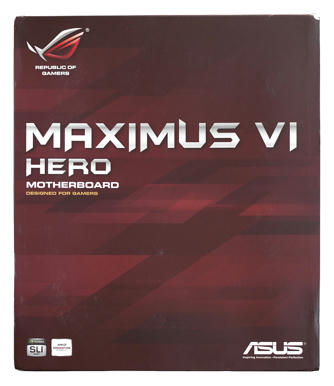
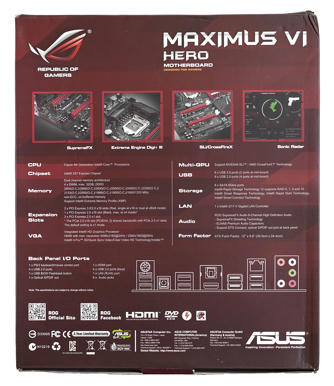
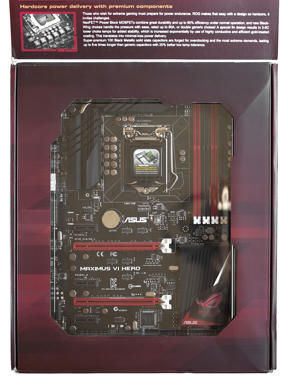
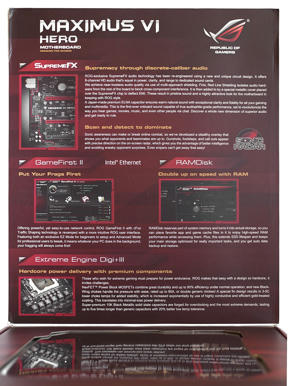
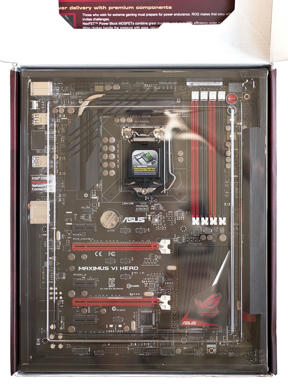
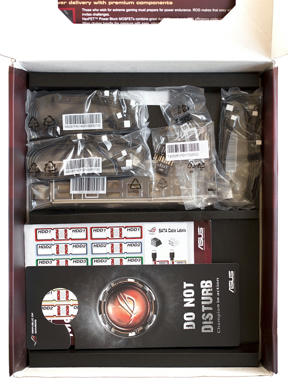
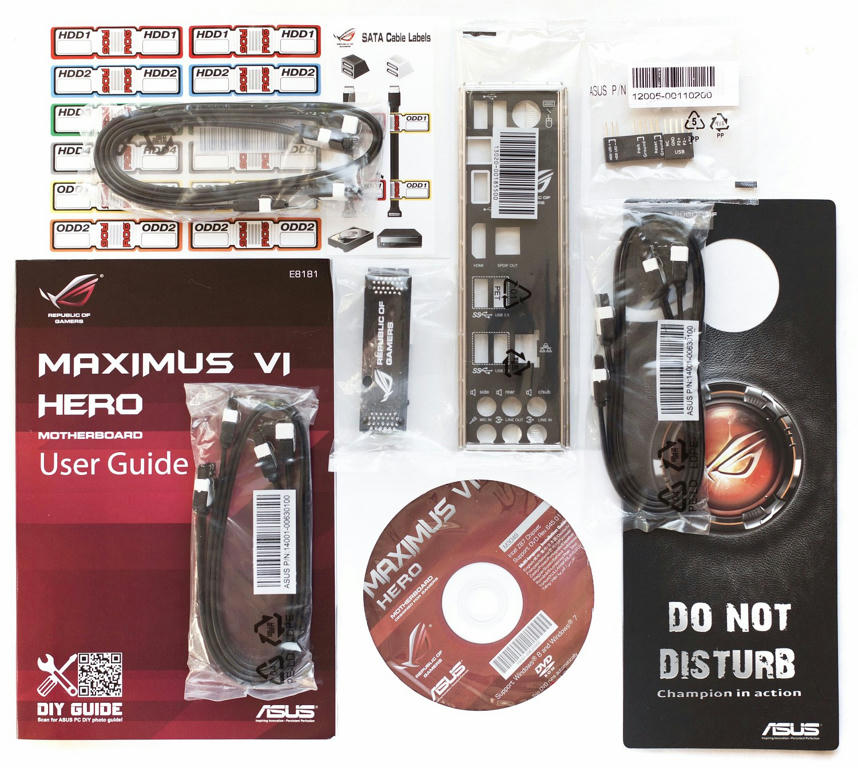
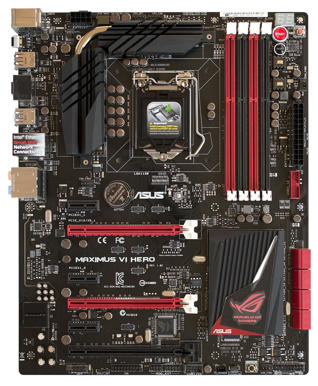
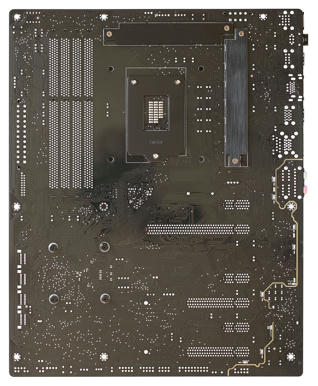
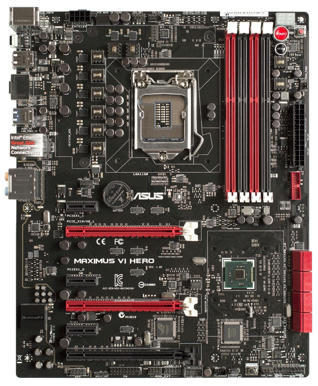
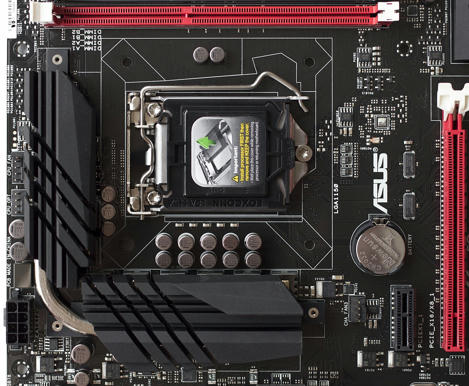
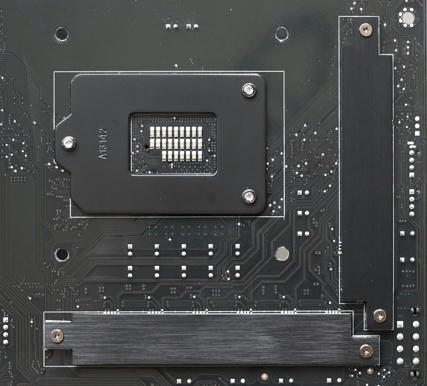
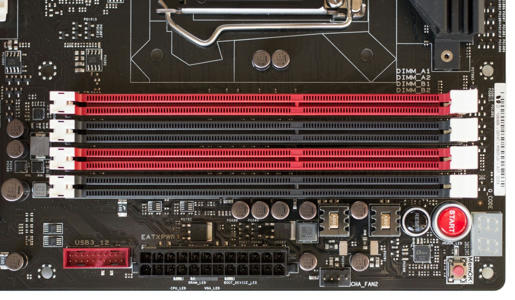
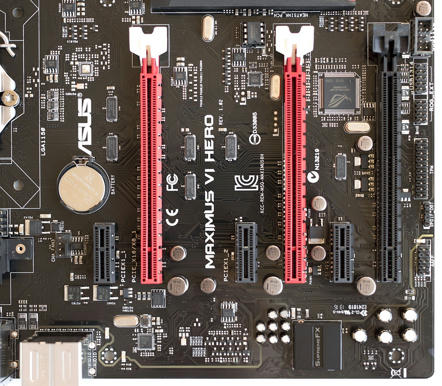
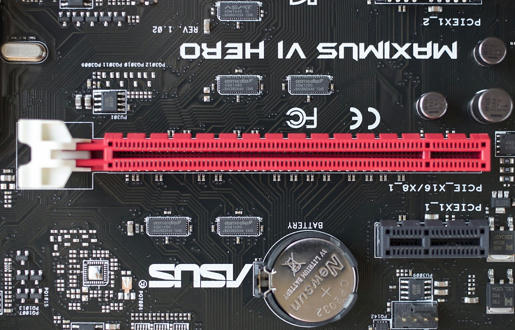
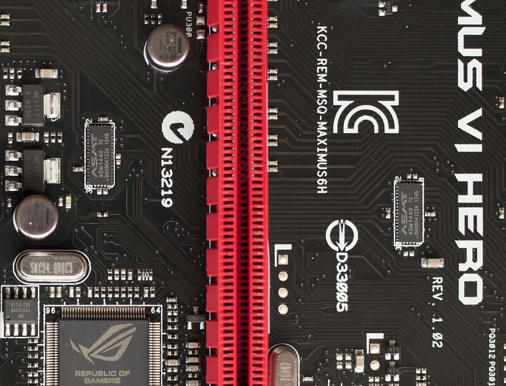

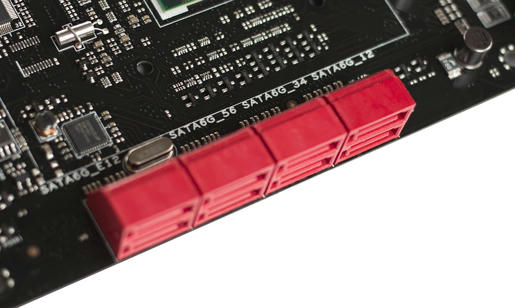
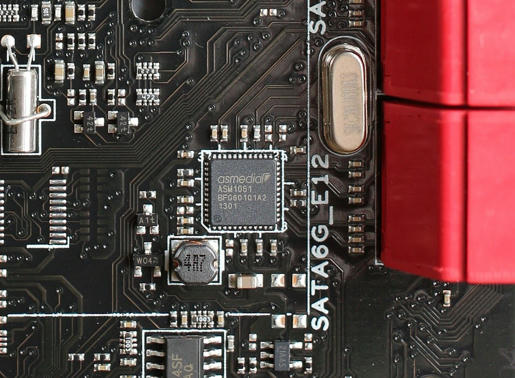
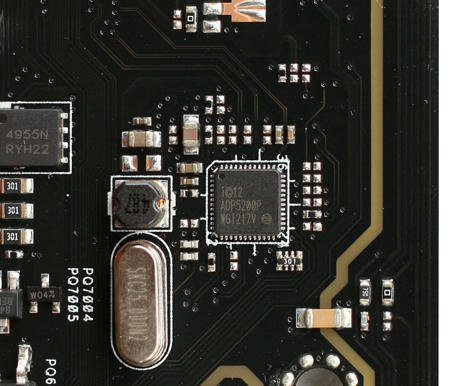
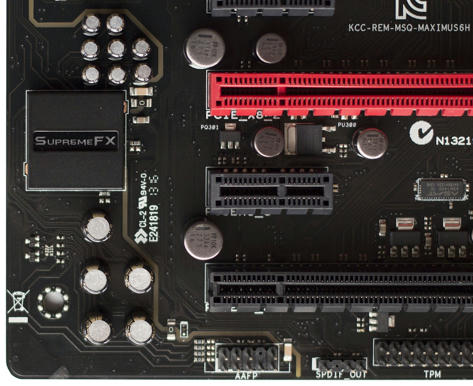
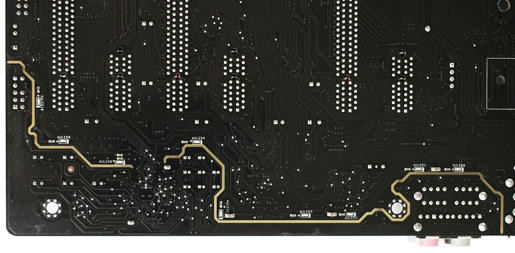
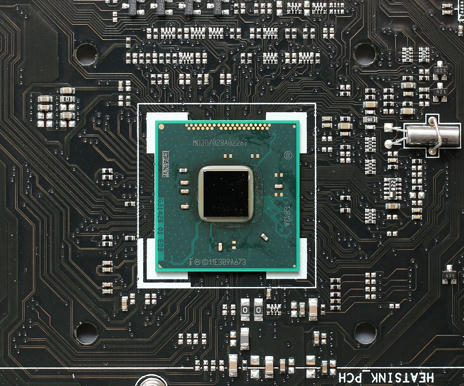
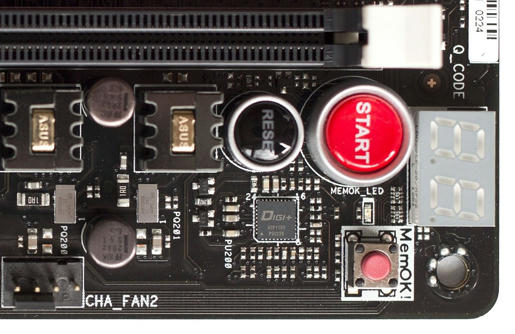
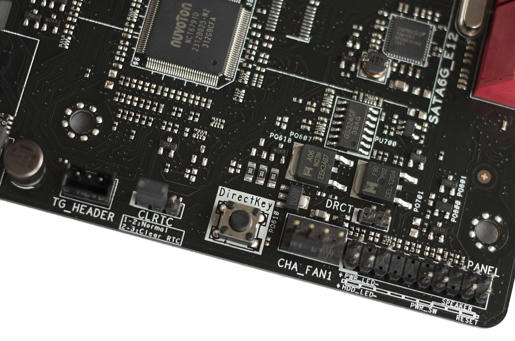
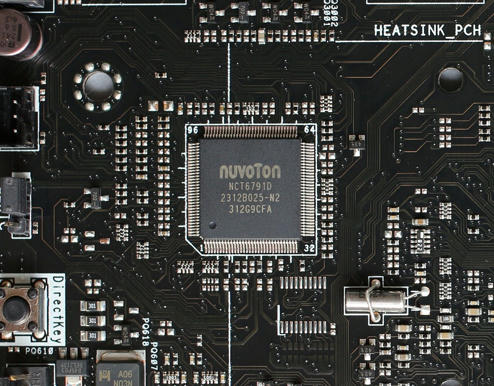
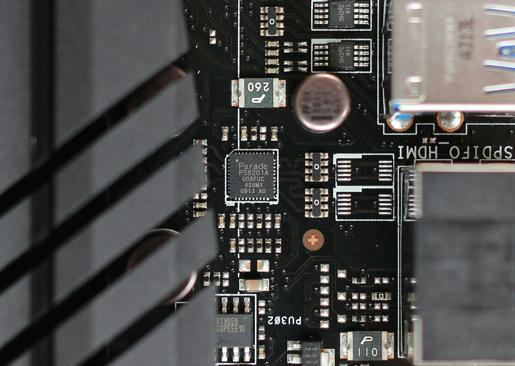
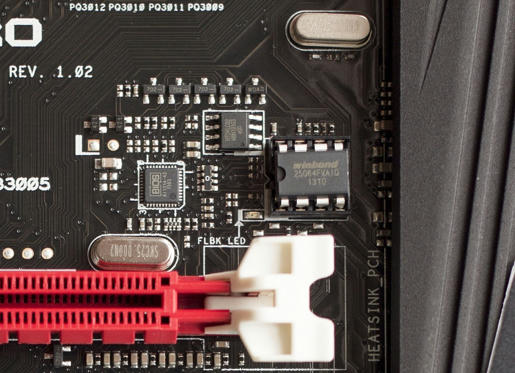
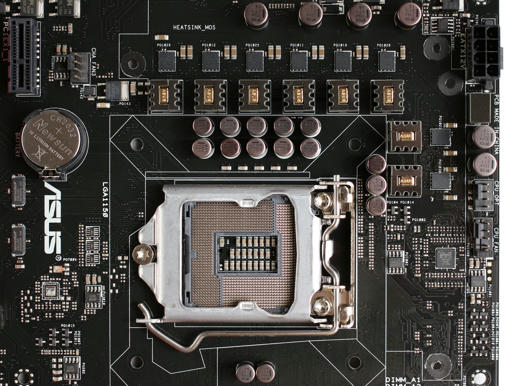
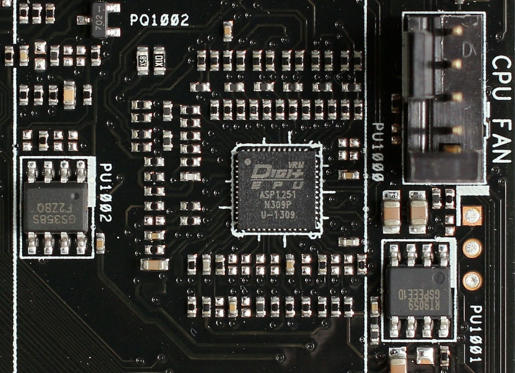
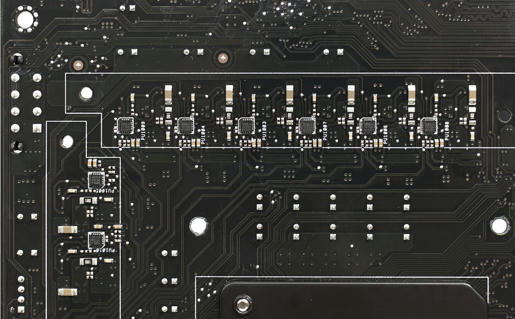
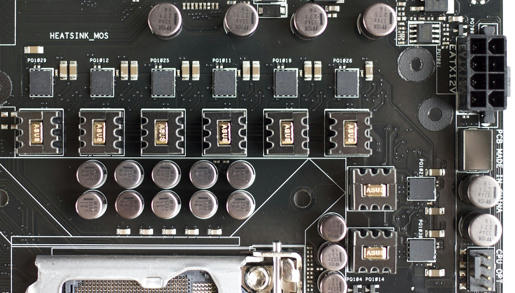
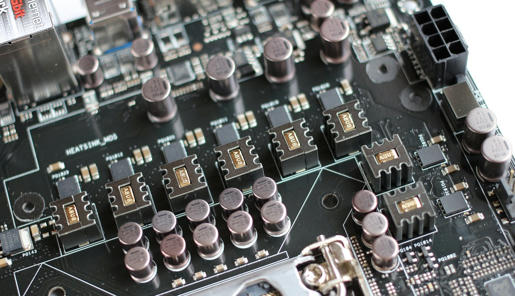
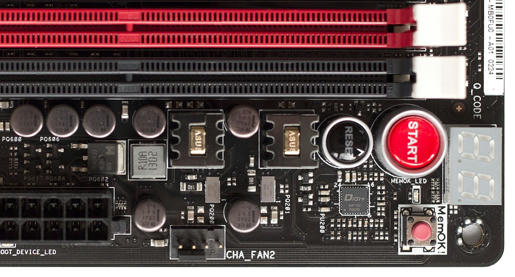
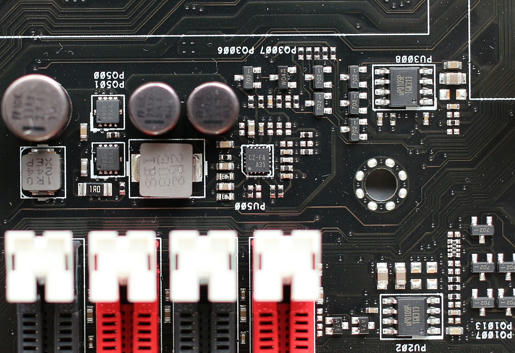
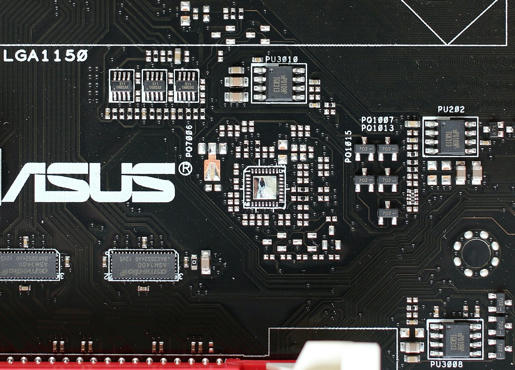
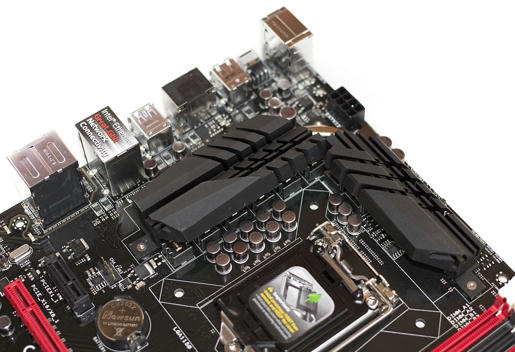
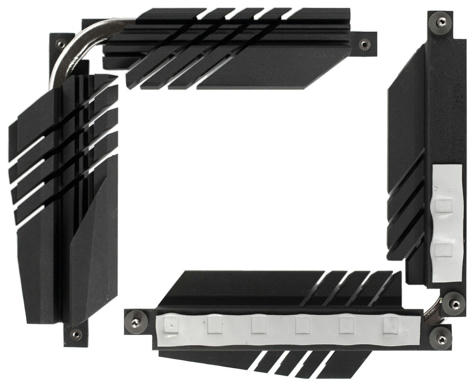
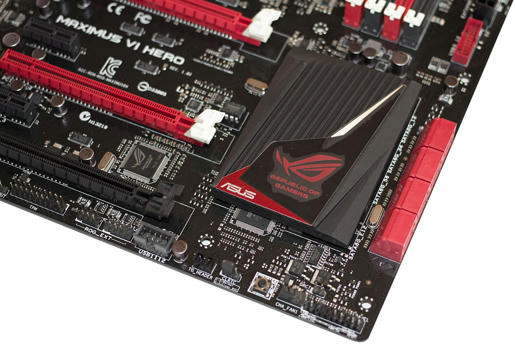
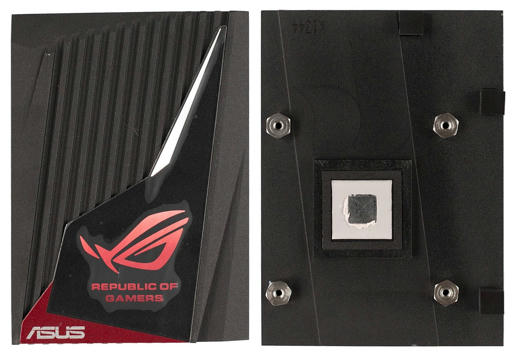
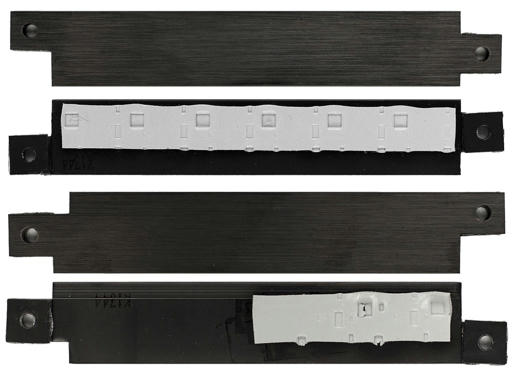
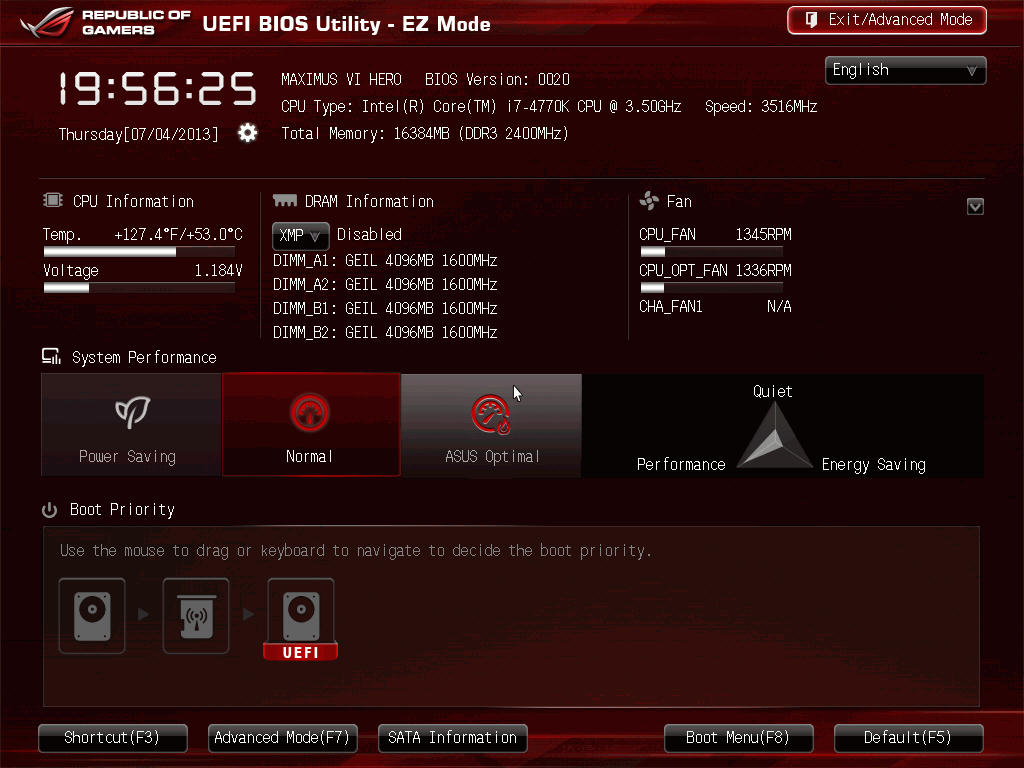
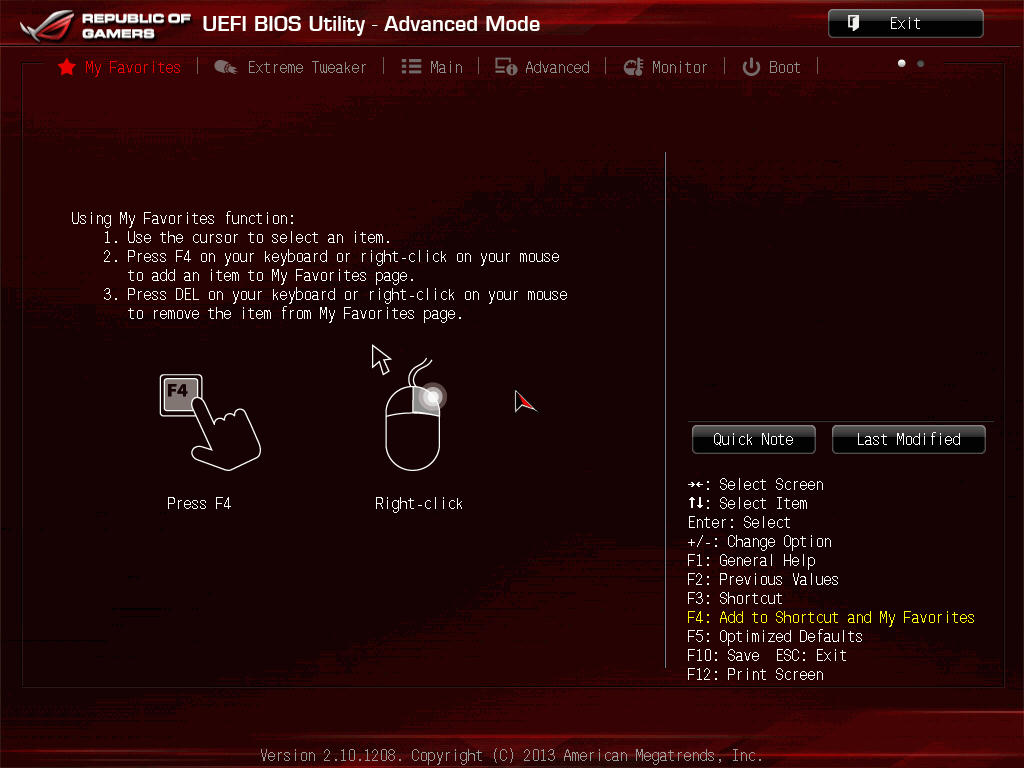
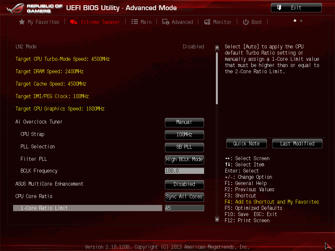
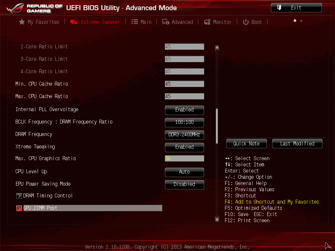
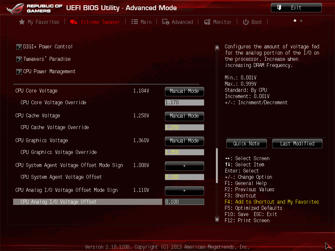
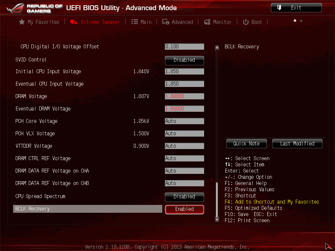
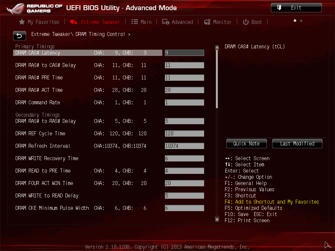
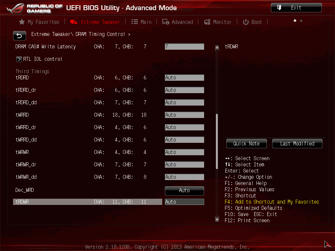
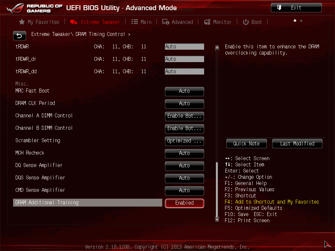
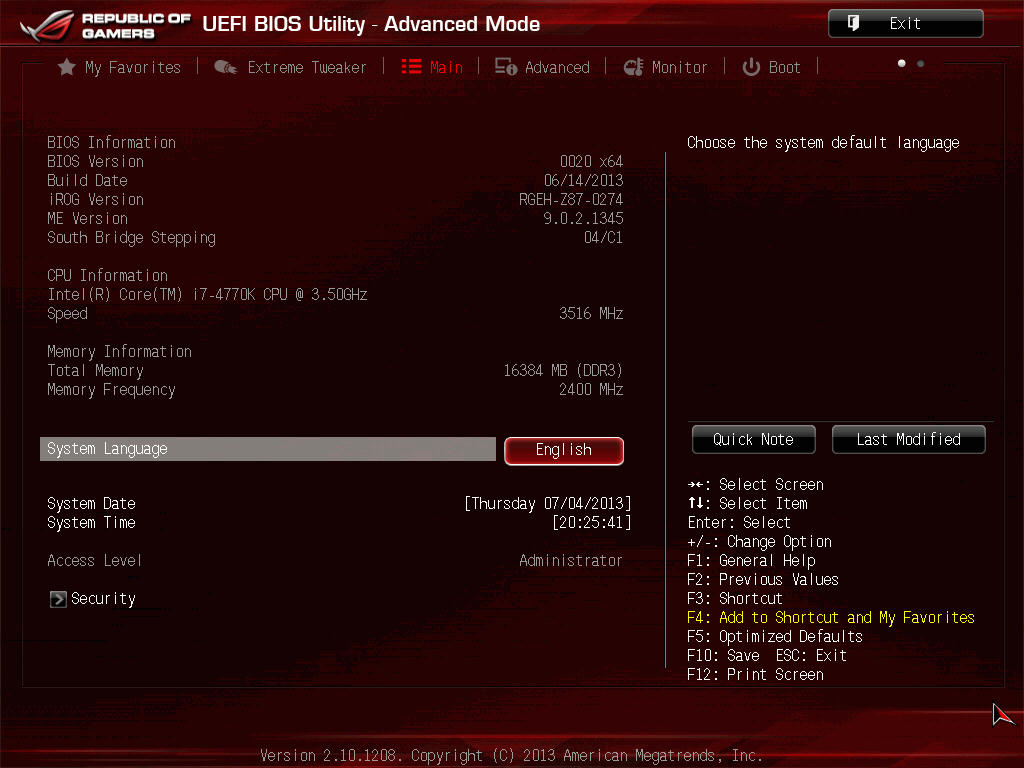
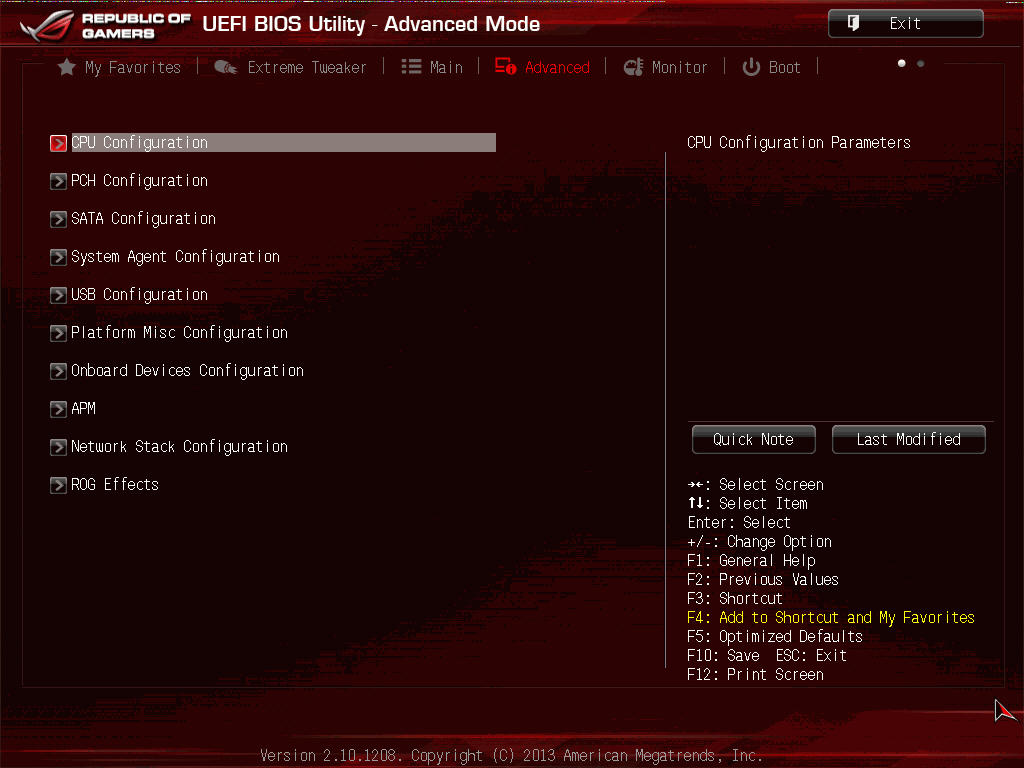
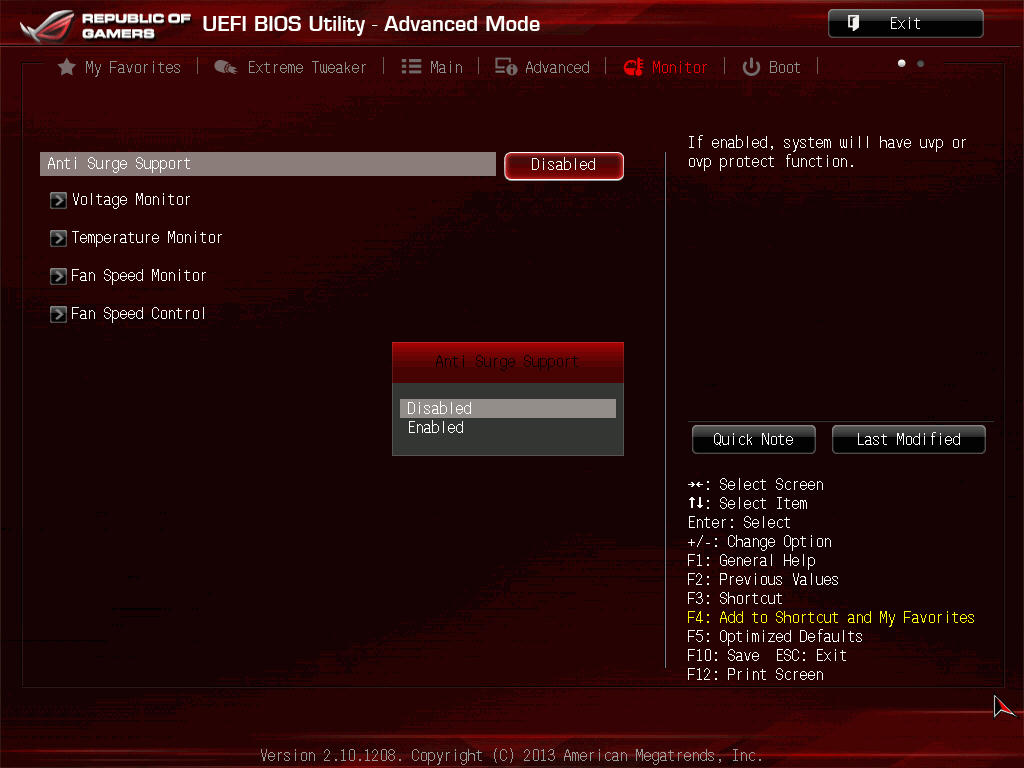
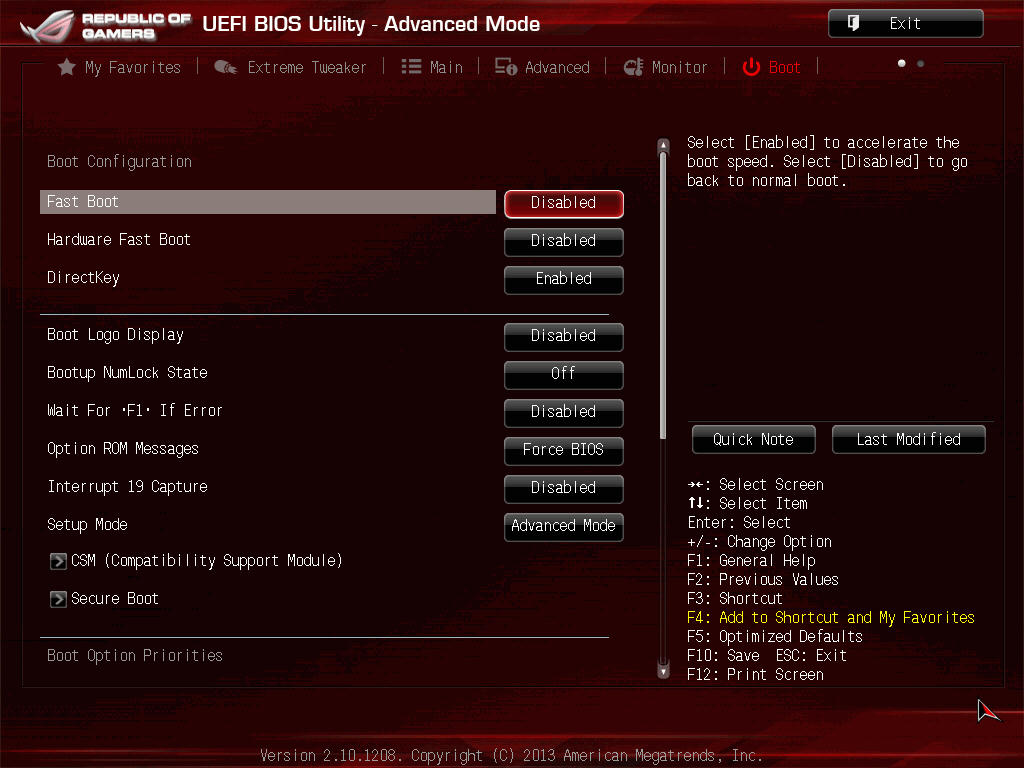
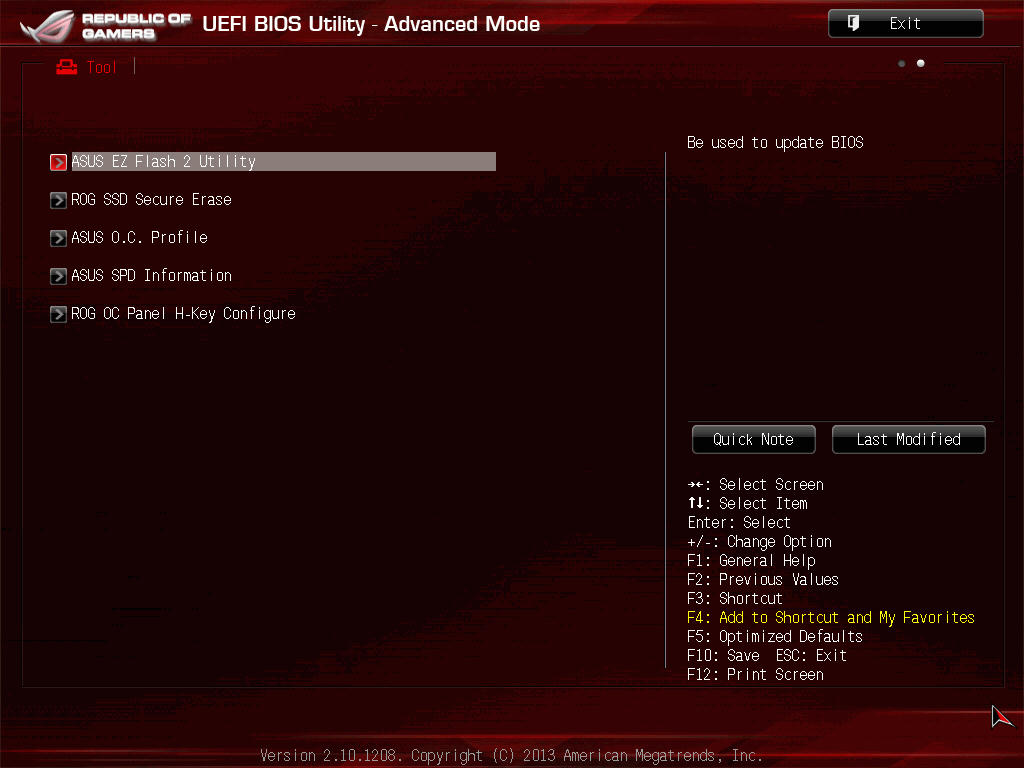
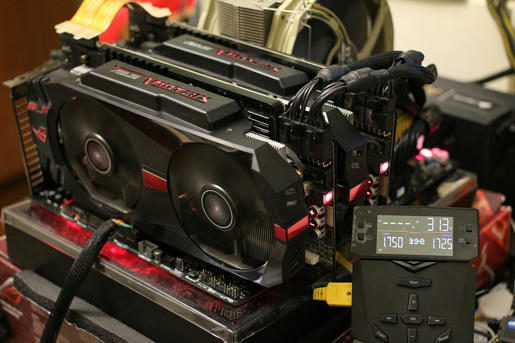
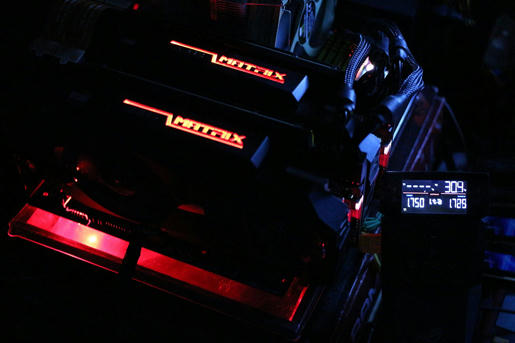
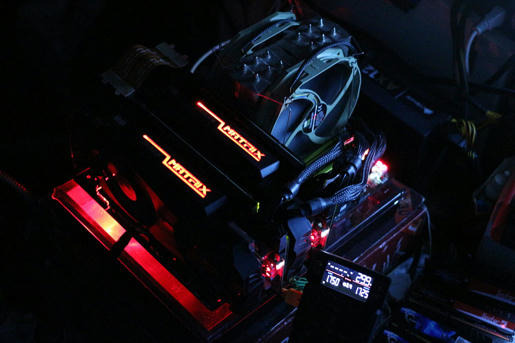
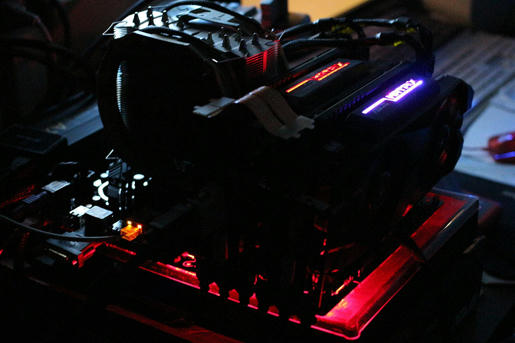
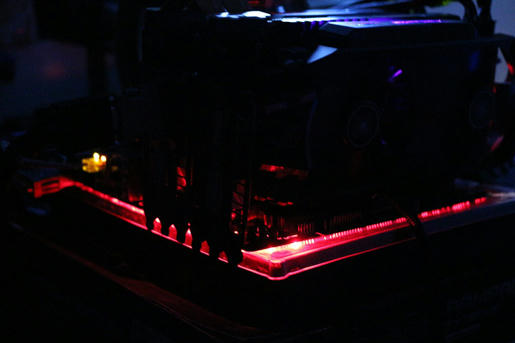
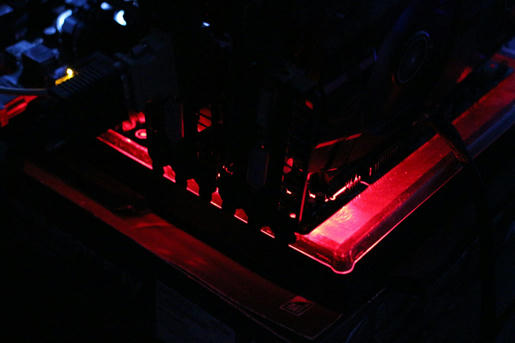
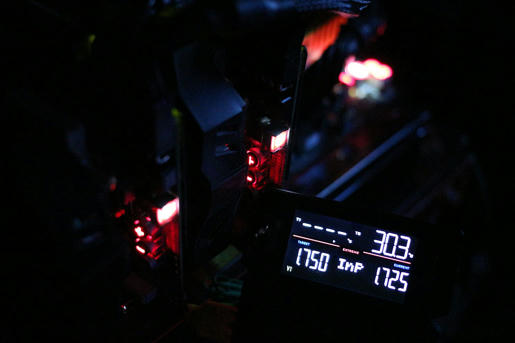
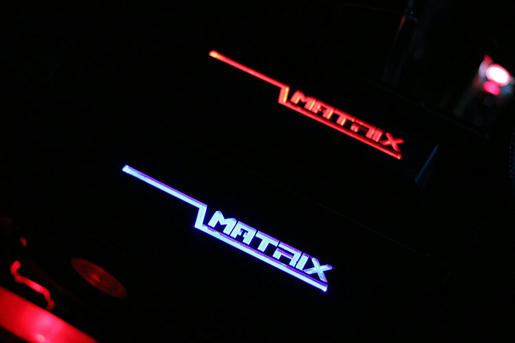

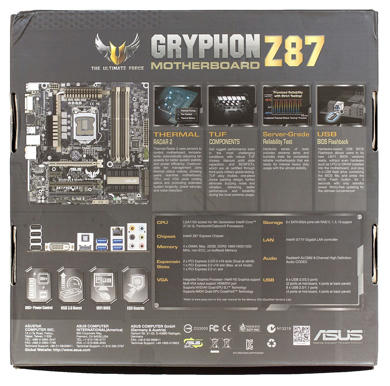
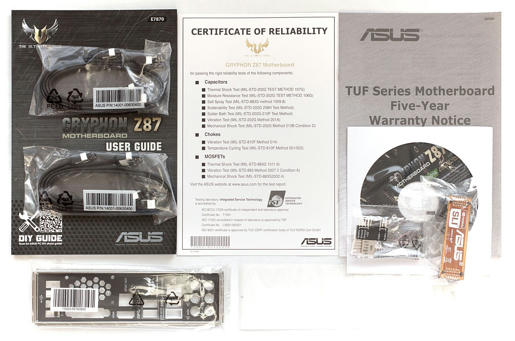
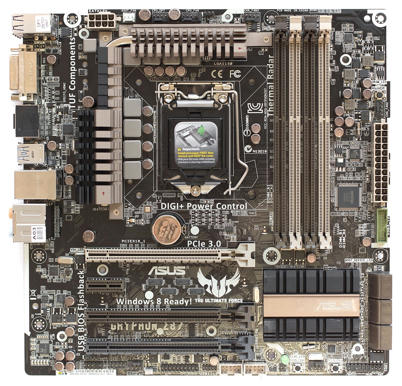
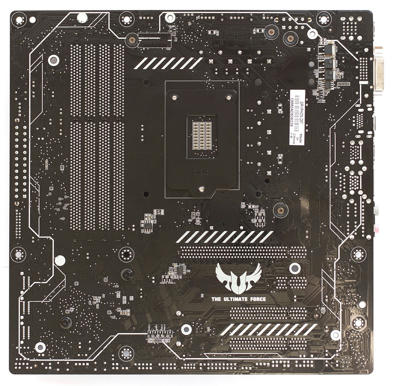

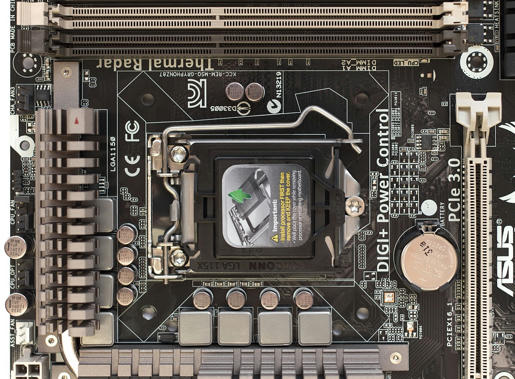
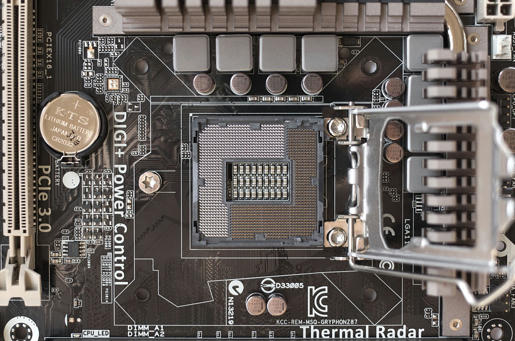
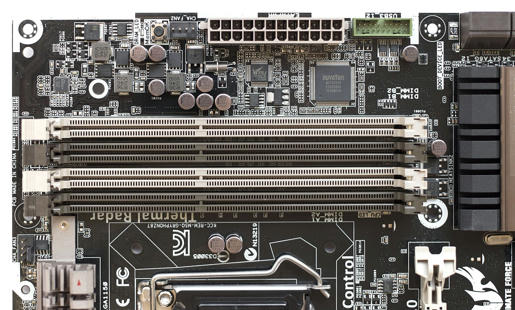
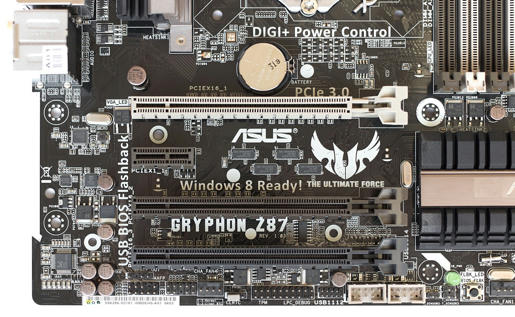
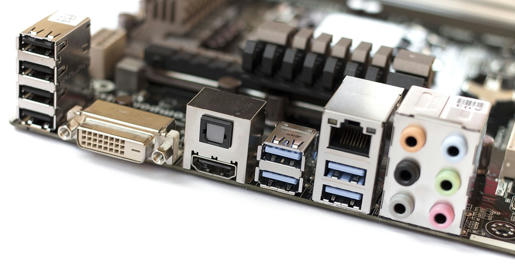
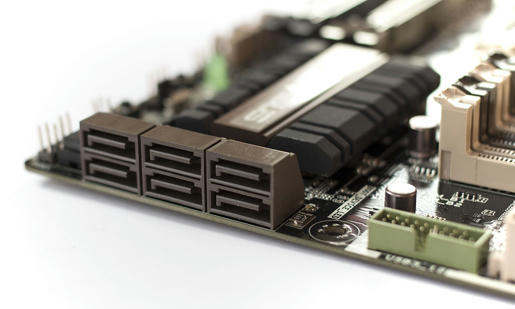
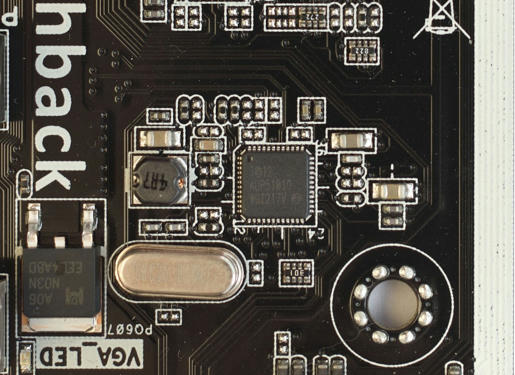
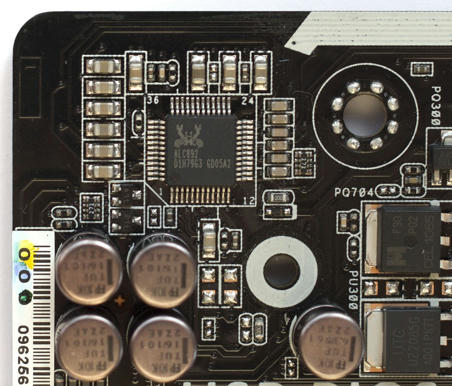
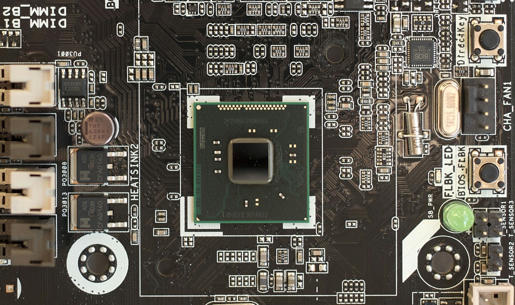
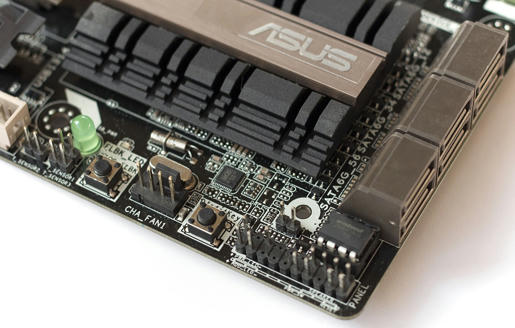
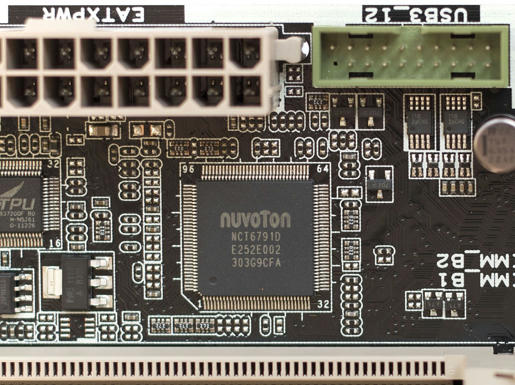
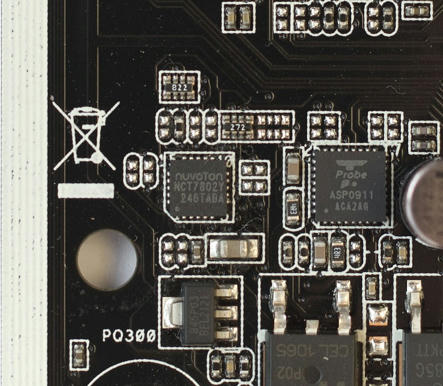
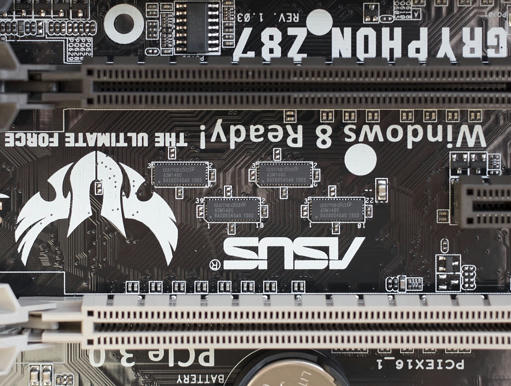
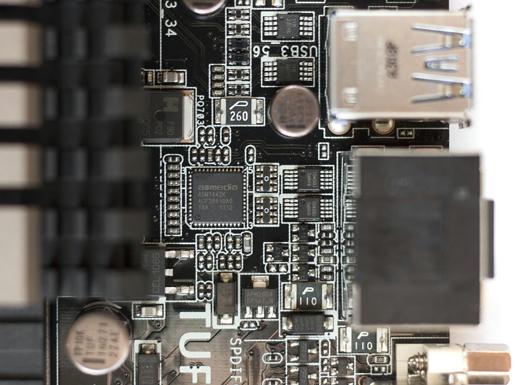
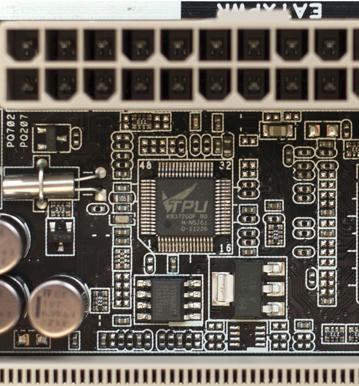
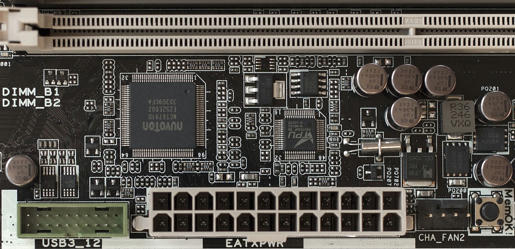
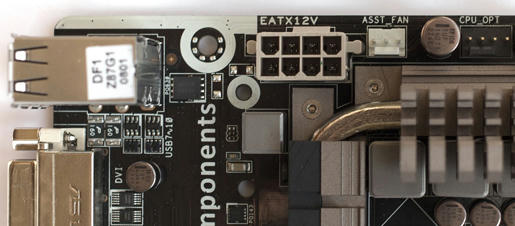
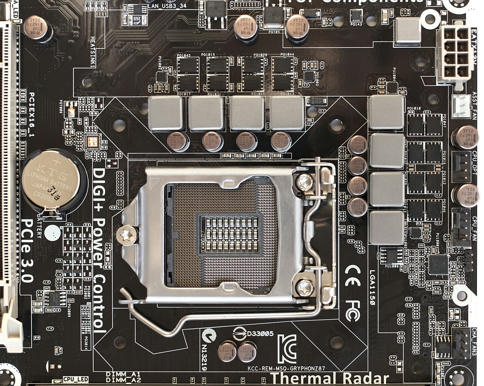
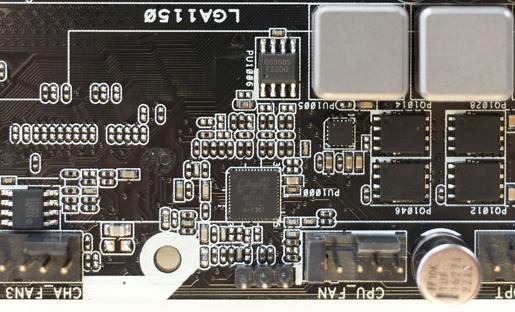

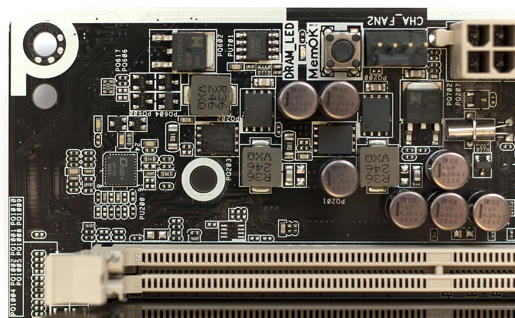

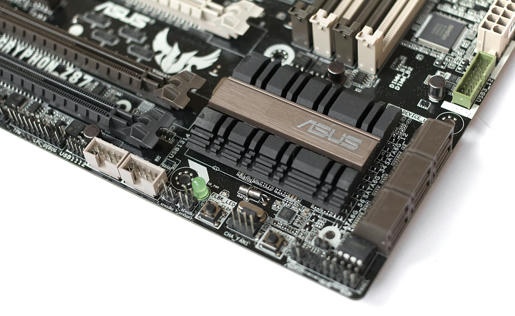
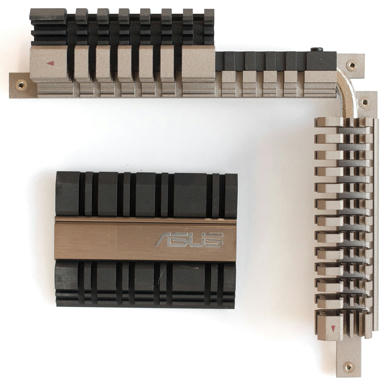
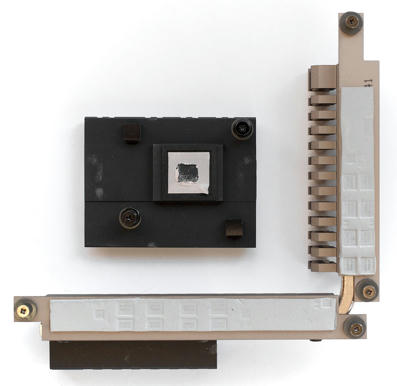
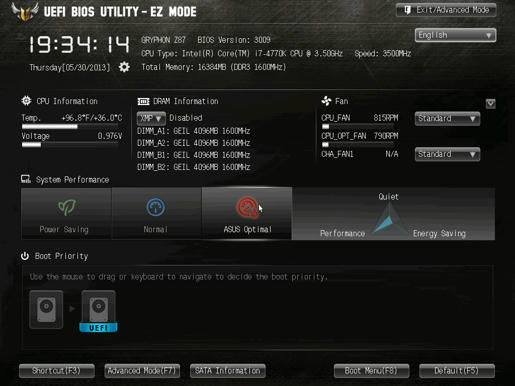
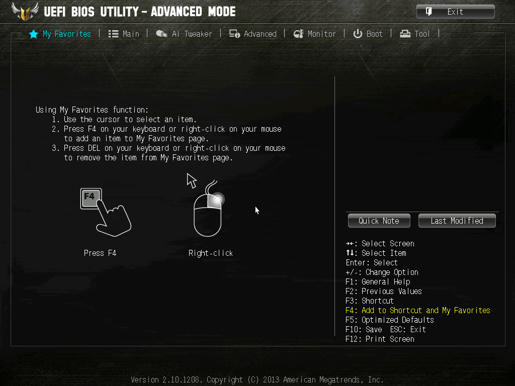
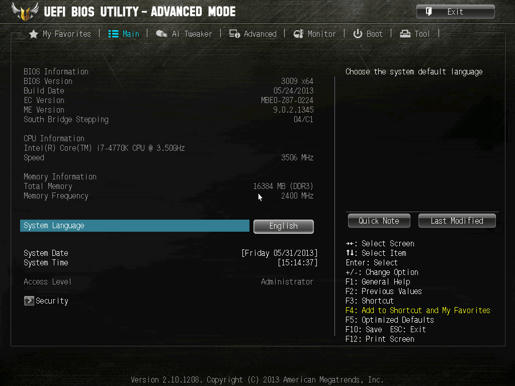
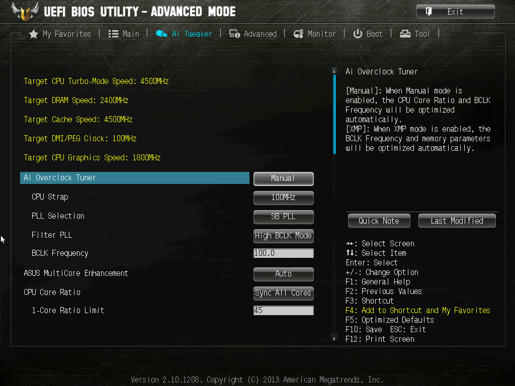
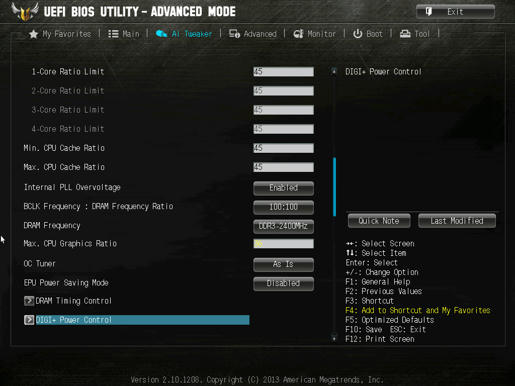
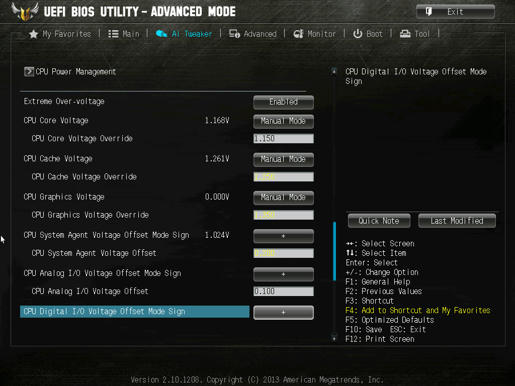
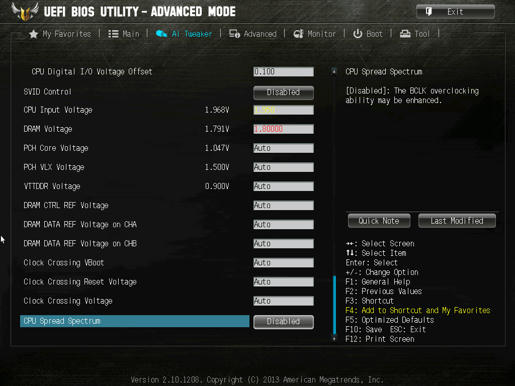
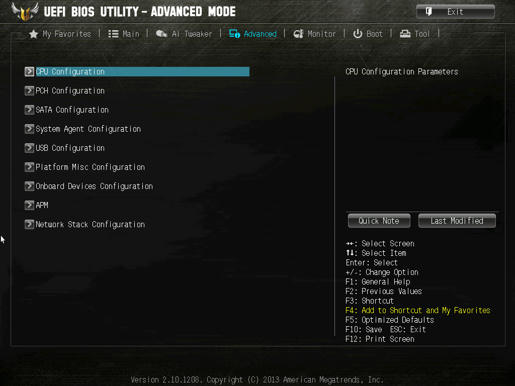
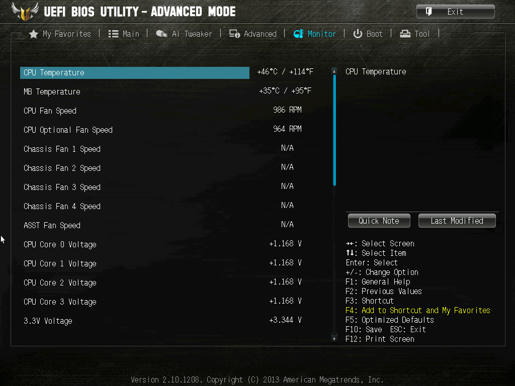
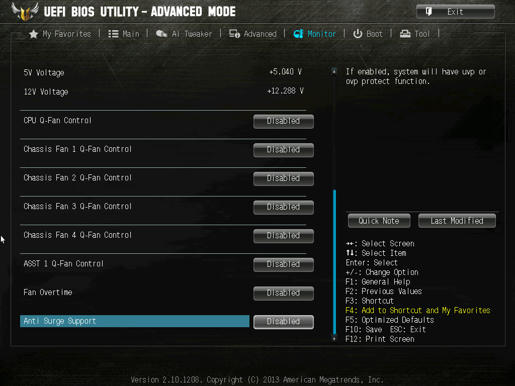
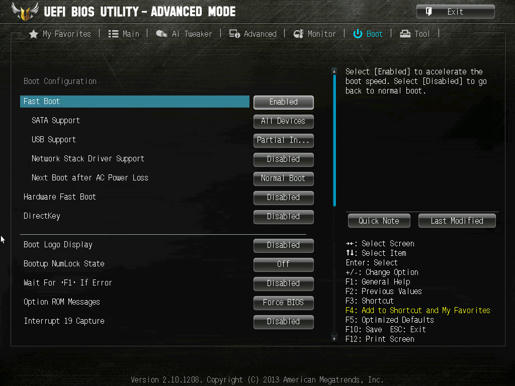
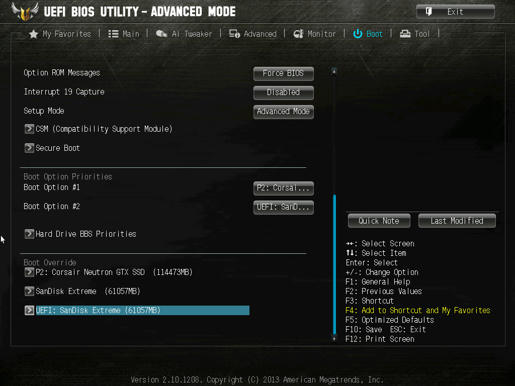
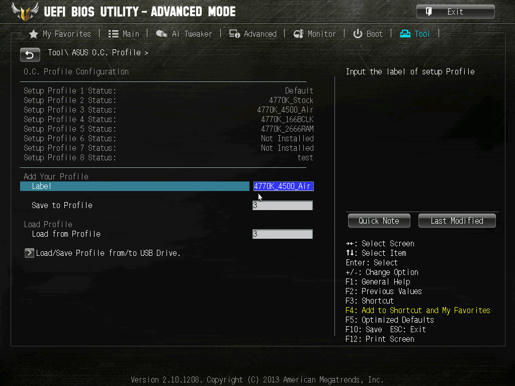
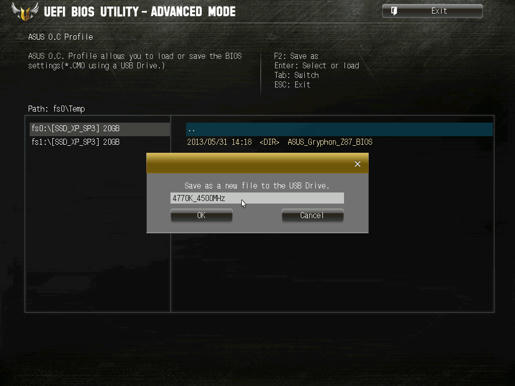
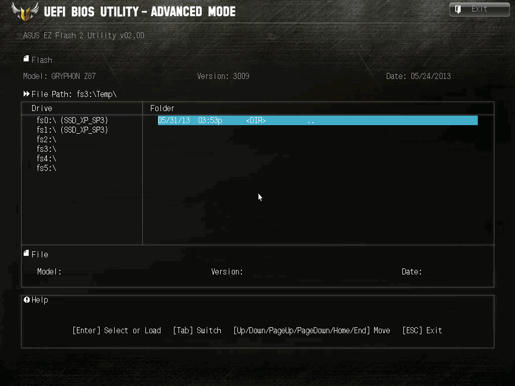
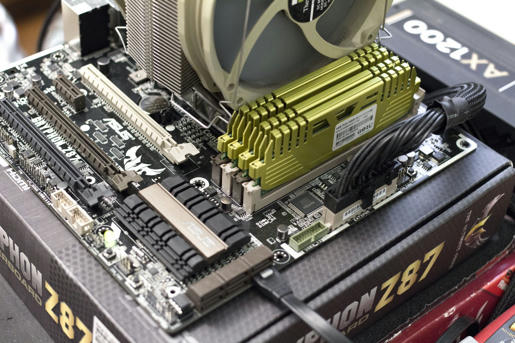
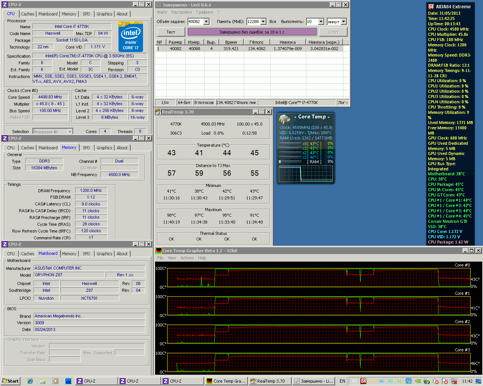
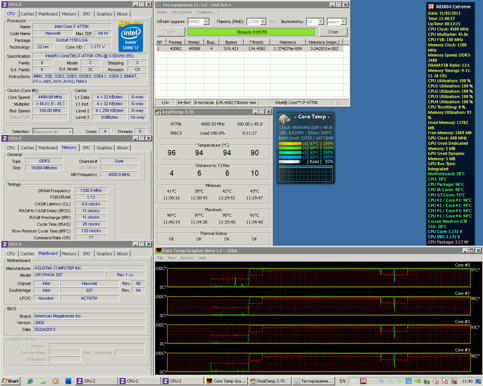
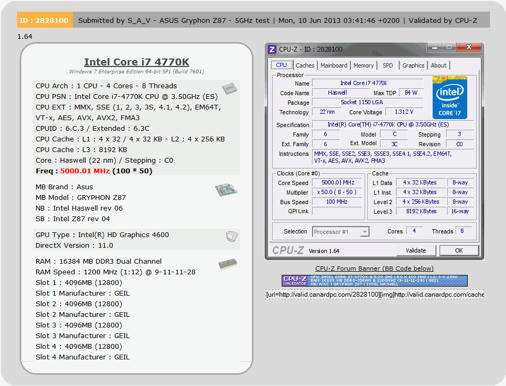
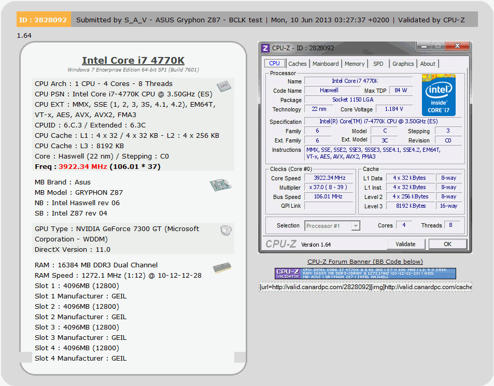
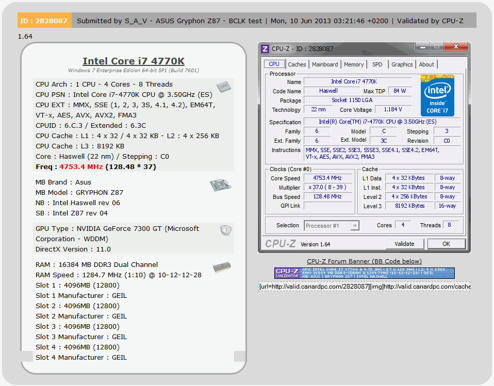
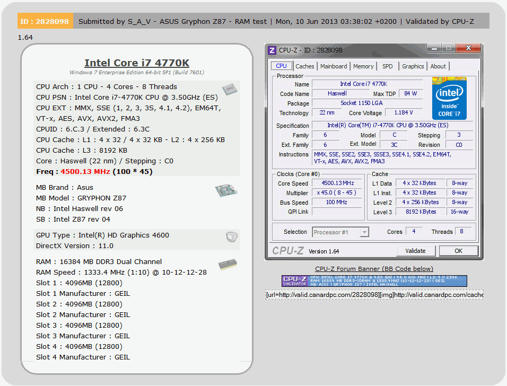

















Please add GPU: Adreno 630
in Support
Posted